- 2024年-02月-03日:六世中医实用秘方(239P)
- 2023年-12月-16日:奈特心脏病学彩色图谱——Marschall S.Runge E.Magnus Ohman-2007(626P)
- 2023年-12月-16日:奈特妇产科彩色图谱——Roger P.Smith-2007(584P)
- 2023年-10月-28日:中华天然补品资源大辞典(397P)
- 2023年-09月-28日:龚氏三代家传骨伤秘验方(173P)
- 2023年-09月-27日:食物是最好的医药·彩图版(231P)
- 2023年-09月-27日:图解千年导引术(297P)
- 2023年-09月-24日:针灸大成有图 目录+9(569P)
- 2023年-09月-22日:民间针灸绝技1959年版(69P)
- 2023年-09月-22日:民间乡野古方偏方4000首(429P)
- 2023年-09月-18日:中医房事养生与性功能障碍调治(202P)
- 2023年-09月-06日:金匮要略.卷上中下.张仲景著述.王叔和整理(126P)
- 2023年-07月-26日:针灸治疗常见病证图解 五官科分册(张建华)(141P)
- 2023年-07月-26日:针灸治疗常见病证图解 外科、皮肤科分册(张建华)(137P)
- 2023年-07月-26日:针灸治疗常见病证图解 神经、精神科分册(张建华)(117P)
- 2023年-07月-26日:针灸治疗常见病证图解 内科分册(张建华)(248P)
- 2023年-07月-26日:针灸治疗常见病证图解 骨伤科分册(张建华)(223P)
- 2023年-07月-26日:针灸治疗常见病证图解 妇、儿科分册(张建华)(213P)
- 2023年-06月-14日:中国刺血疗法大全(528P)
- 2023年-06月-14日:解药2.0(34P)
- 2023年-06月-14日:解药(28P)
- 2023年-03月-31日:奈特人体胚胎学彩色图谱——Larry R.Cochard-2004.PicsFolder(254P)
- 2023年-03月-31日:奈特简明骨科学彩色图谱——Jon C.Thompson-2007(338P)
- 2023年-03月-31日:奈特骨科疾病彩色图谱——Walter B.Greene-2009(422P)
- 2023年-03月-30日:奈特病理学彩色图谱(528P)
- 2023年-03月-29日:奈特人体生理学彩色图谱(218P)
- 2023年-03月-29日:奈特药理学彩色图谱(407P)
- 2023年-03月-29日:奈特人体神经解剖彩色图谱(309P)
- 2023年-03月-22日:人体解剖学彩色图谱(第二版)隋鸿锦等主编(266P)
- 2023年-03月-22日:人体解剖学彩色图谱 隋鸿锦等主编 人民军医出版社(266P)
- 2023年-03月-22日:人体解剖学彩色图谱 世界知识出版社2005.05张从海主编(388P)
- 2023年-03月-22日:人体解剖学彩色图谱(245P)
- 2023年-03月-22日:人体解剖学彩色图谱 第2版(258P)
- 2023年-03月-19日:[扁鹊心书].窦材(128P)
- 2023年-03月-09日:永樂大典.卷981.小儿证治十四.康有为收藏(70P)
- 2023年-02月-20日:医门秘旨6(52P)
- 2023年-02月-20日:医门秘旨5(75P)
- 2023年-02月-20日:医门秘旨4(91P)
- 2023年-02月-20日:医门秘旨3(50P)
- 2023年-02月-20日:医门秘旨2(61P)
- 2023年-02月-20日:医门秘旨1(72P)
- 2023年-02月-20日:华佗神医秘传(彭静山点校)第1版(406P)
- 2023年-01月-30日:绍兴本草图画.5卷.宋王继先校定.1830年江户时期写本(449P)
- 2023年-01月-01日:金石昆虫草木状.文俶画(76P)
- 2022年-11月-12日:临床实用影像解剖彩色图谱(271P)
- 2022年-11月-07日:东医宝鉴之三(263P)
- 2022年-11月-07日:东医宝鉴之二(400P)
- 2022年-11月-07日:东医宝鉴之一(399P)
- 2022年-11月-02日:《图解本草纲目:认识中国第一药典》之二(319P)
- 2022年-11月-02日:《图解本草纲目:认识中国第一药典》之一(351P)
- 2022年-10月-30日:阳痿早泄食补秘方(225P)
- 2022年-10月-29日:道医绝世秘方60方(25P)
- 2022年-10月-19日:祝由医学十三科(48P)
- 2022年-10月-19日:鬼门十三针秘法(7P)
- 2022年-10月-17日:中医精髓图解 汤泰元(202P)
- 2022年-10月-15日:齐鲁推拿医术之二(258P)
- 2022年-10月-15日:齐鲁推拿医术之一(301P)
- 2022年-10月-15日:滋阴壮阳营养食疗系列书籍(214P)
- 2022年-10月-09日:图解百草良方之一(300P)
- 2022年-09月-26日:图解黄帝内经(362P)
- 2022年-09月-25日:中医如此神奇之阴阳五行藏象(259P)
- 2022年-09月-19日:经典心电图图谱之一(300P)
- 2022年-09月-18日:罗氏正骨学(224P)
- 2022年-09月-16日:“取法天地本乎阴阳道在于一”-试论武术运动的身法学说与中医肾学说的统一性(7P)
- 2022年-09月-14日:全世界700多种药用植物的彩色图鉴(304P)
- 2022年-09月-14日:近600种中国南方药用植物的彩色图鉴(338P)
- 2022年-09月-12日:近600种中国北方药用植物的彩色图鉴(305P)
- 2022年-09月-08日:中华传世名方彩色图鉴 上册(162P)
- 2022年-05月-26日:中医经络按摩61个特效穴位(8P)
- 2022年-05月-04日:近300种中草药图谱【珍藏版】(286P)
方书之祖
东汉张仲景著述的《金匮要略》是中医经典古籍之一,撰于3世纪初.作者原撰《伤寒杂病论》十六卷中的“杂病”部分.经晋王叔和整理后,其古传本之一名《金匮玉函要略方》,共3卷上卷为辨伤寒,中卷则论杂病,下卷记在药方.后北宋校正医书局林艺等人根据当时所存的蠹简文字重予编校,取其中以杂病为主的内容,仍厘订为3卷,改名《金匮要略方论》.全书共25篇,方剂262首,列举病症六十余种.所述病证以内科杂病为主,兼有部分外科妇产科等病证.
《金匮要略》也是我国现存最早的一部诊治杂病的专著,是仲景创造辨证理论的代表作。古今医家对此书推崇备至,称之为方书之祖,医方之经、治疗杂病的典范。书名“金匮”,言其重要和珍贵之意,“要略”,言其简明扼要之意,表明本书内容精要,价值珍贵,应当慎重保藏和应用。
《金匮要略》被古今医家赞誉为方书之祖、医方之经,治疗杂病的典范。
影响深远
《伤寒论》、《金匮要略》不但在国内历代注家、研究著作有数百家之多,为历代研究、治疗急性热病的医学家所遵循,成为他们发展、发挥医学理论和医疗技术的基础、依据和教育后学的课本。在国外也有着广泛而深入的影响。例如日本,不但收藏和刻刊许多《伤寒论》之珍本,并由日本再传中国而发挥了巨在的影响,而且日本学者研究、注释《伤寒论》的著作,仅就先后传到中国而现存者也有60多家。再如《金匮要略》较好版本也有收藏于日本者,日刻本也不少,日本医学家之研究《金匮要略》而有专著流传至中国者,有10余种之多。关于将《伤寒论》《金匮要略》并作重编、方论者,日本名家之专著流传中国者有近20种,由此可见张仲景《伤寒论》与《金匮要略》在日本的影响之广泛和深远。在日本现代医学昌盛,日本学者仍给予张仲景《伤寒杂病论》的研究以特殊的重视,许多医学家在临床医疗中,仍然十分重视该书原方之应用,并取得很好效果,运用该书中成方制造的成药,也为日本医界所依赖。
《金匮要略》是祖国医学宝库中一颗璀璨的明珠,是我国现存最早的杂病学专著,它奠定了杂病的理论基础和临床规范,具有很高的指导意义和实用价值,对后世临床医学的发展有着重大贡献和深远影响,所以它属于祖国医学的四大经典著作之一,被历代推崇为方书之祖和治疗杂病的典范,林亿谓其“施之于人,其效若神。”
Ancestor of Fangshu
The “Synopsis of the Golden Chamber” written by Zhang Zhongjing of the Eastern Han Dynasty is one of the classic ancient books of traditional Chinese medicine, written in the early 3rd century. The author originally wrote the “Miscellaneous Diseases” section in the 16 volumes of the “Treatise on Febrile Diseases and Miscellaneous Diseases”. After being organized by Wang Shuhe of Jin Dynasty, one of its ancient biographical volumes is called “Synopsis of the Golden Chamber and Jade Letters”. The first volume is for distinguishing typhoid fever, the middle volume is for discussing miscellaneous diseases, and the second volume is recorded in medicinal prescriptions. Later, Lin Yi and others from the Northern Song Dynasty Correcting Medical Bookstore re edited and proofread it based on the script of the bamboo slips that existed at that time, The main content of the book, which focuses on miscellaneous diseases, is still divided into three volumes and renamed as “Synopsis of the Golden Chamber”. The book consists of 25 articles, 262 prescriptions, and more than 60 types of diseases are listed. The described diseases are mainly internal miscellaneous diseases, and some surgical gynecological and obstetric diseases are also included
The Synopsis of the Golden Chamber “is also the earliest existing monograph on the diagnosis and treatment of miscellaneous diseases in China, and is a representative work of Zhongjing’s theory of syndrome differentiation. Ancient and modern doctors highly value this book, calling it the ancestor of prescription books, the classic of medical prescriptions, and a model for treating miscellaneous diseases. The title of the book “Golden Chamber” states its importance and preciousness, while “Synopsis” states its conciseness and conciseness, indicating that the content of this book is essential and valuable, and should be carefully preserved and applied.
The “Synopsis of the Golden Chamber” is praised by ancient and modern doctors as the ancestor of prescription books, the classic of medical prescriptions, and a model for treating miscellaneous diseases.
Far-reaching impact
The Treatise on Febrile Fever and Synopsis of the Golden Chamber have not only been annotated and studied by hundreds of scholars throughout history in China, but have also been followed by medical practitioners who have studied and treated acute febrile diseases. They have become the foundation, basis, and educational textbook for their development and utilization of medical theory and technology. It also has a wide and profound influence abroad. For example, Japan not only collected and engraved many rare copies of “Treatise on Cold Damage”, but also exerted a significant influence by Japan’s re transmission to China. In addition, Japanese scholars’ research and annotation of “Treatise on Cold Damage” has only been passed down to China, and there are more than 60 existing works. For example, there are also better versions of “Synopsis of the Golden Chamber” that have been collected in Japan, and there are also many Japanese versions. There are more than 10 monographs on the study of “Synopsis of the Golden Chamber” by Japanese medical experts that have been passed down to China. There are nearly 20 Japanese masterpieces that have been passed down to China regarding the re compilation and formulation of “Treatise on Febrile Diseases” and “Synopsis of the Golden Chamber”. This shows the extensive and profound influence of Zhang Zhongjing’s “Treatise on Febrile Diseases” and “Synopsis of the Golden Chamber” in Japan. In Japan, modern medicine flourished, and Japanese scholars still attached special importance to Zhang Zhongjing’s research on “Treatise on Febrile Diseases and Miscellaneous Diseases”. Many medical experts still attach great importance to the application of the original formula in clinical medicine, and have achieved good results. The use of the prescription made in the book is also relied on by the Japanese medical community.
The Synopsis of the Golden Chamber “is a shining pearl in the treasure trove of traditional Chinese medicine, and is the earliest existing monograph on miscellaneous diseases in China. It lays the theoretical foundation and clinical standards for miscellaneous diseases, has high guiding significance and practical value, and has significant contributions and far-reaching impacts on the development of clinical medicine in later generations. Therefore, it is one of the four classic works of traditional Chinese medicine, and is revered as the ancestor of prescriptions and a model for treating miscellaneous diseases throughout history, Lin Yi said, “When applied to people, its effect is like that of a god
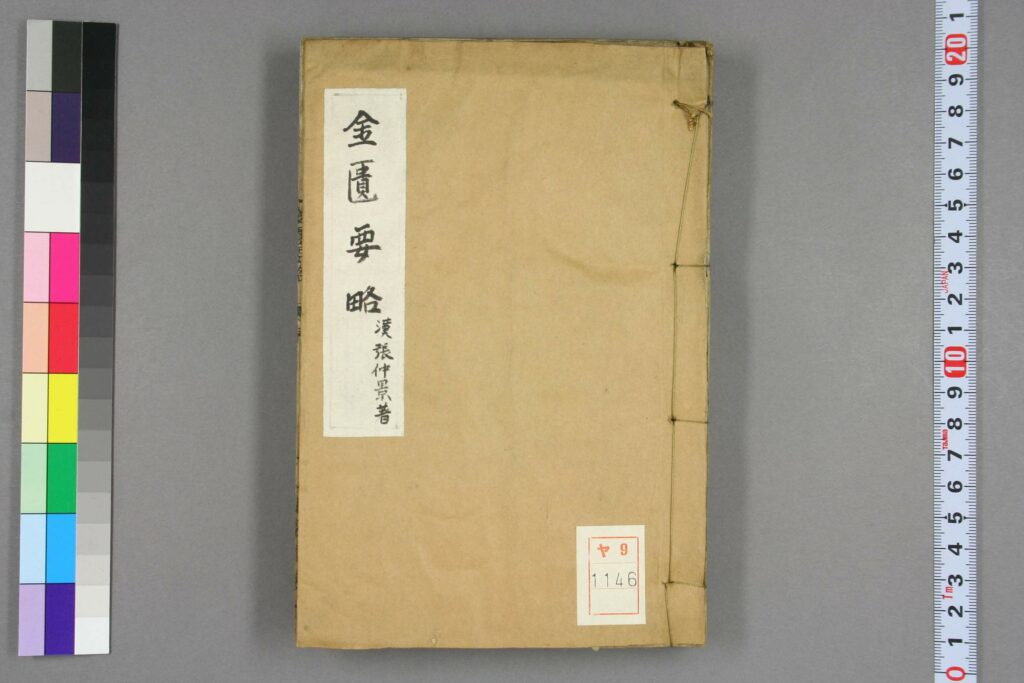
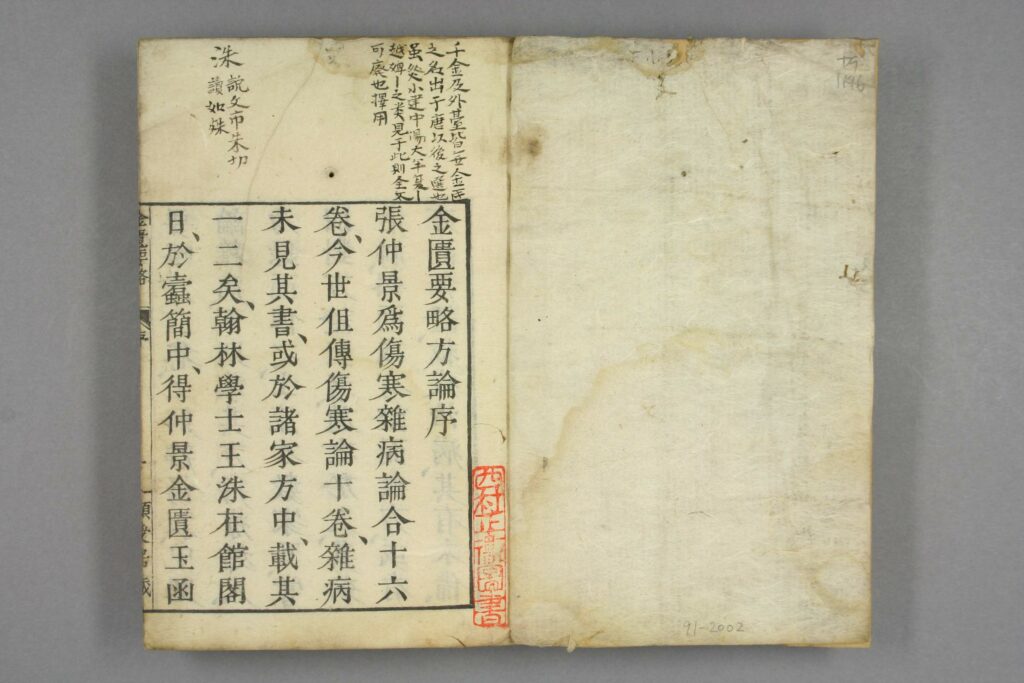
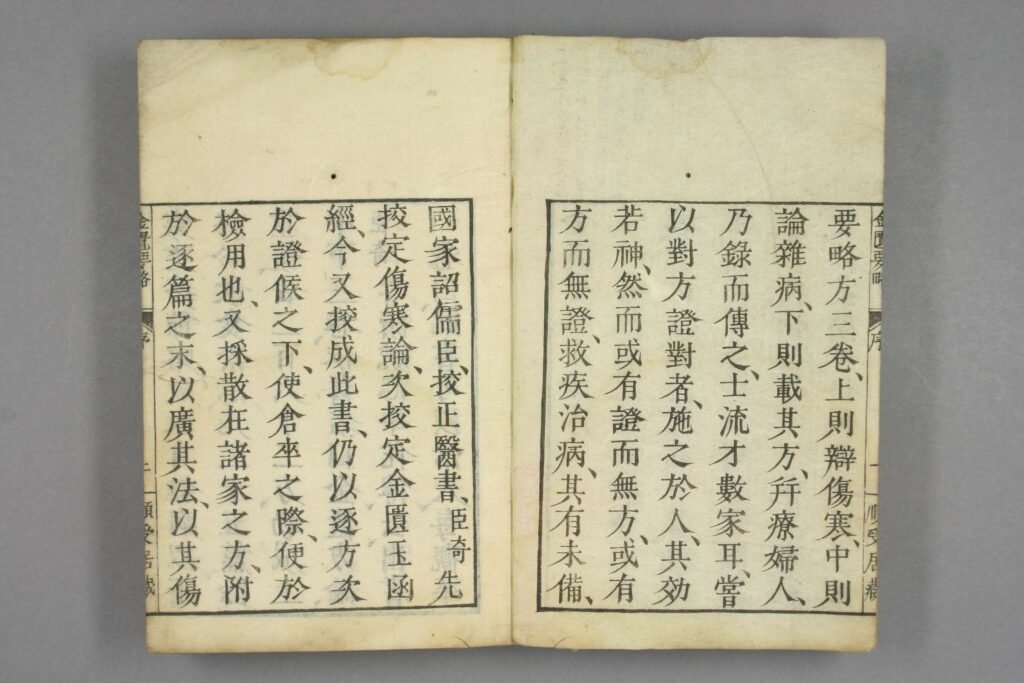
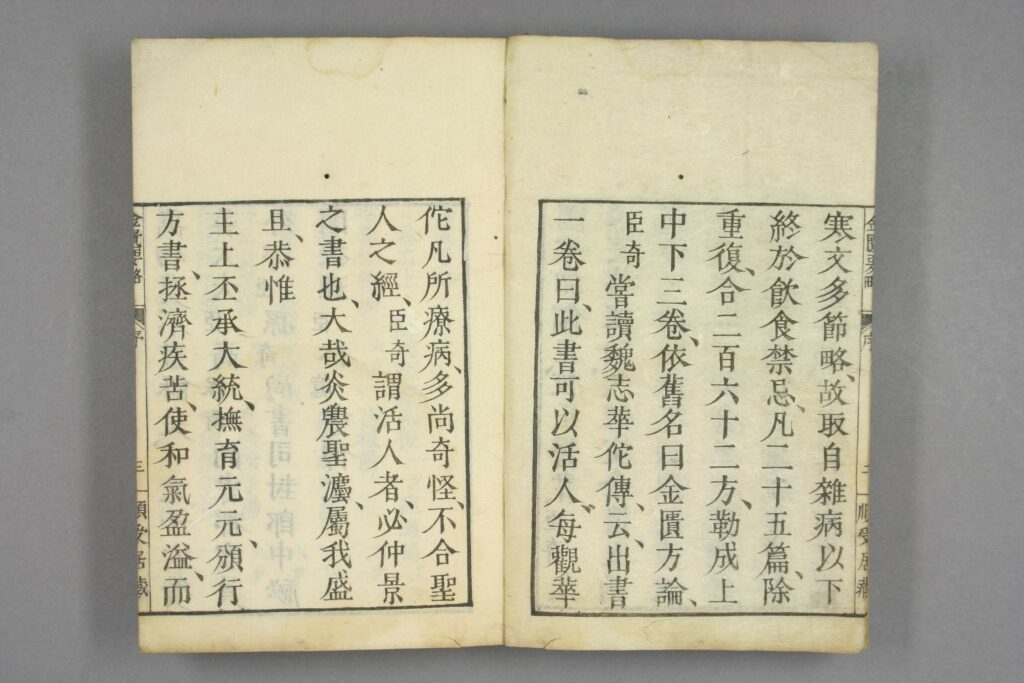
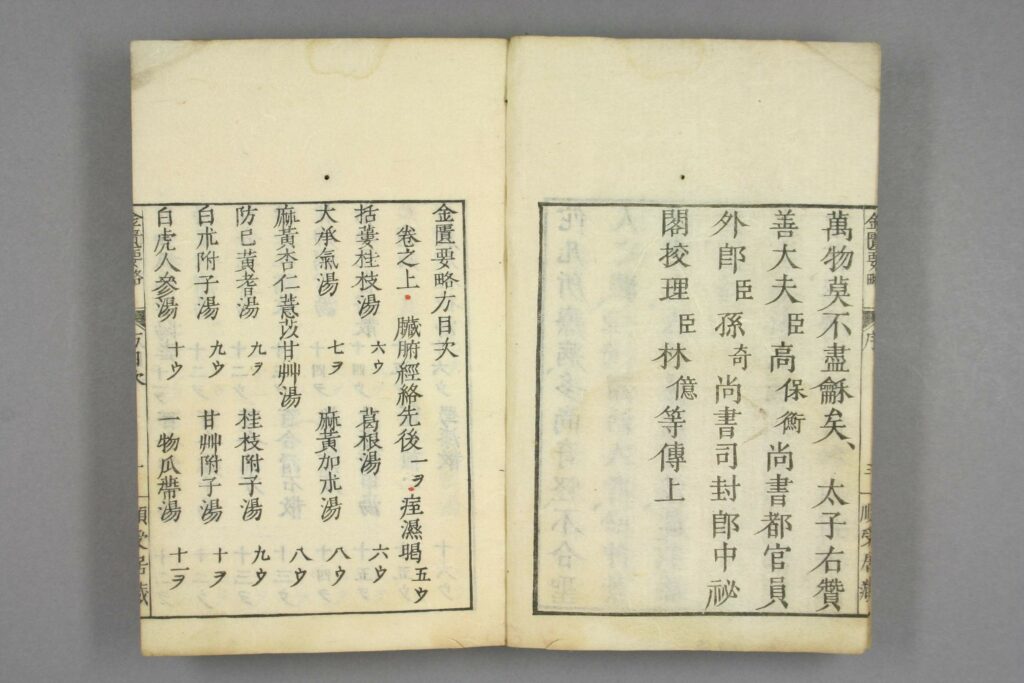

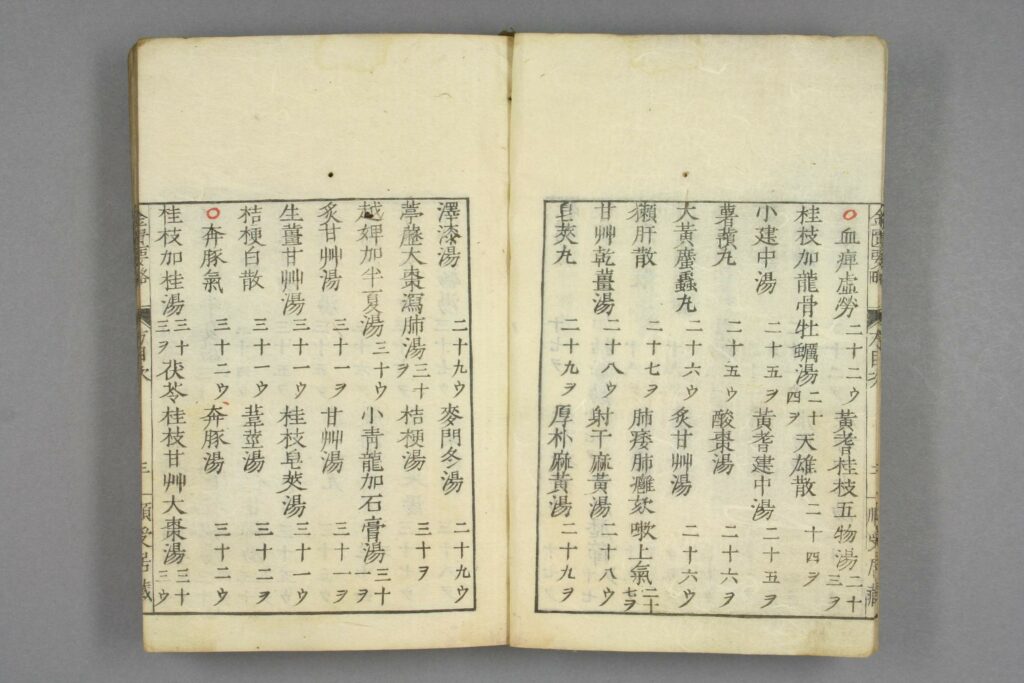


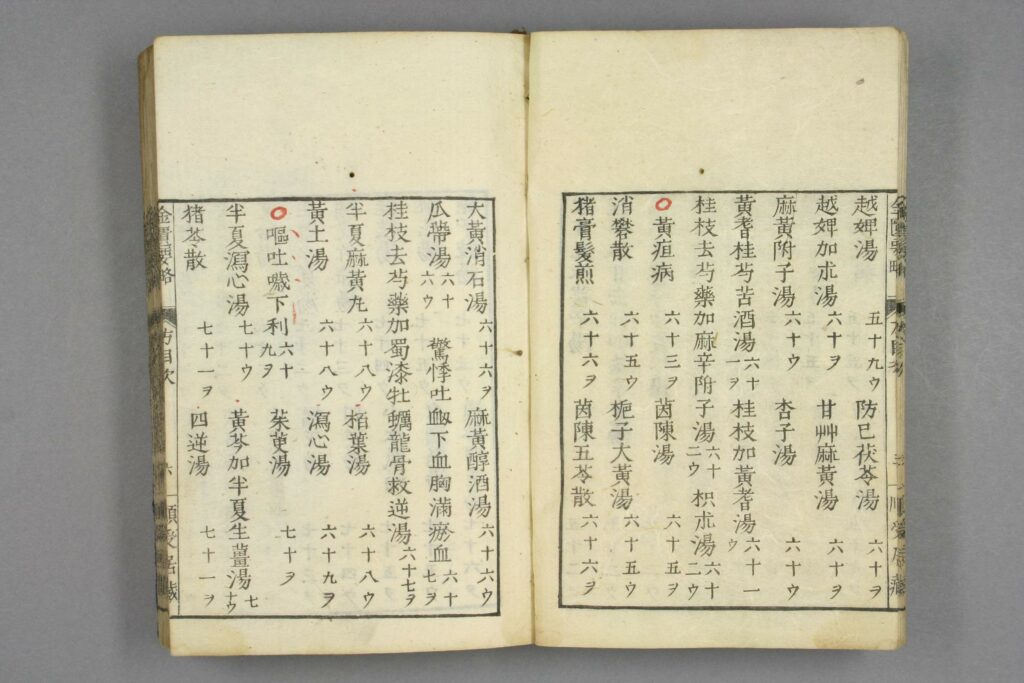
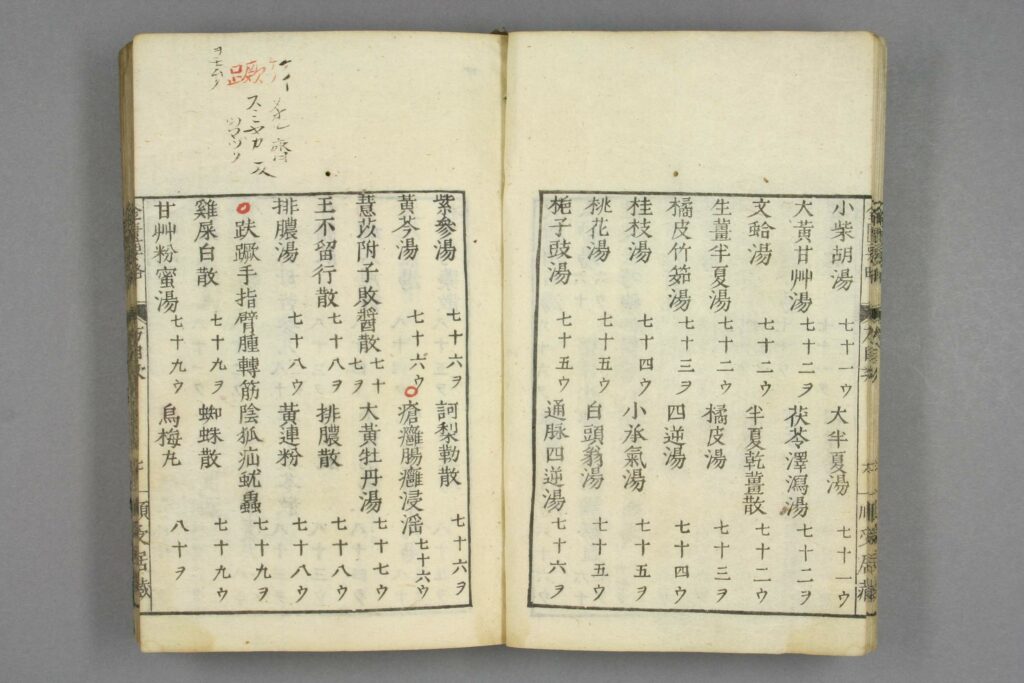
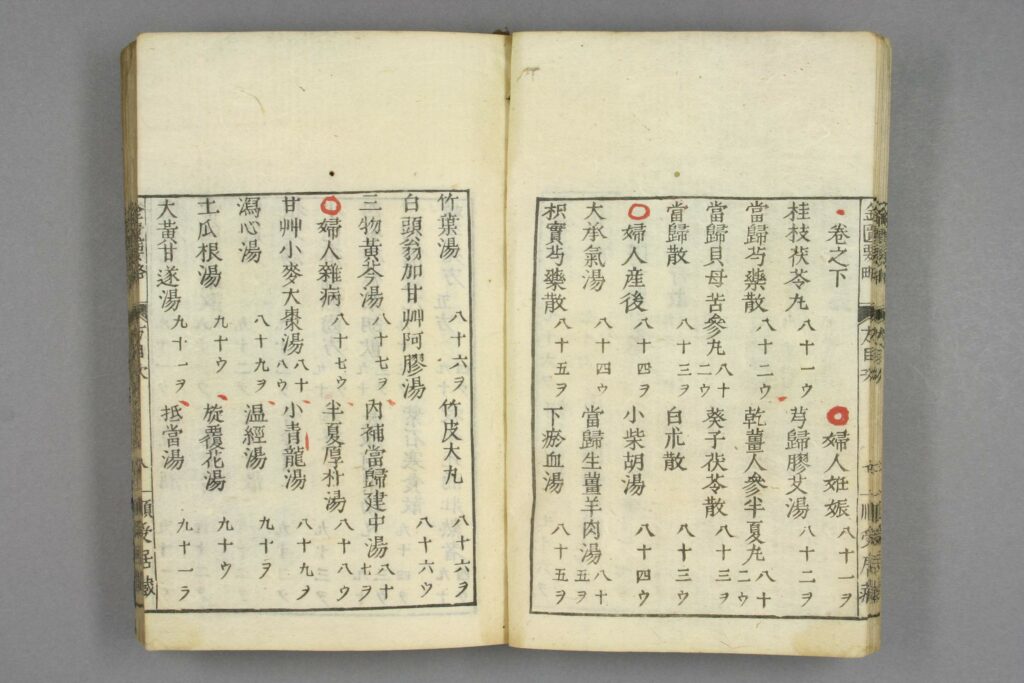

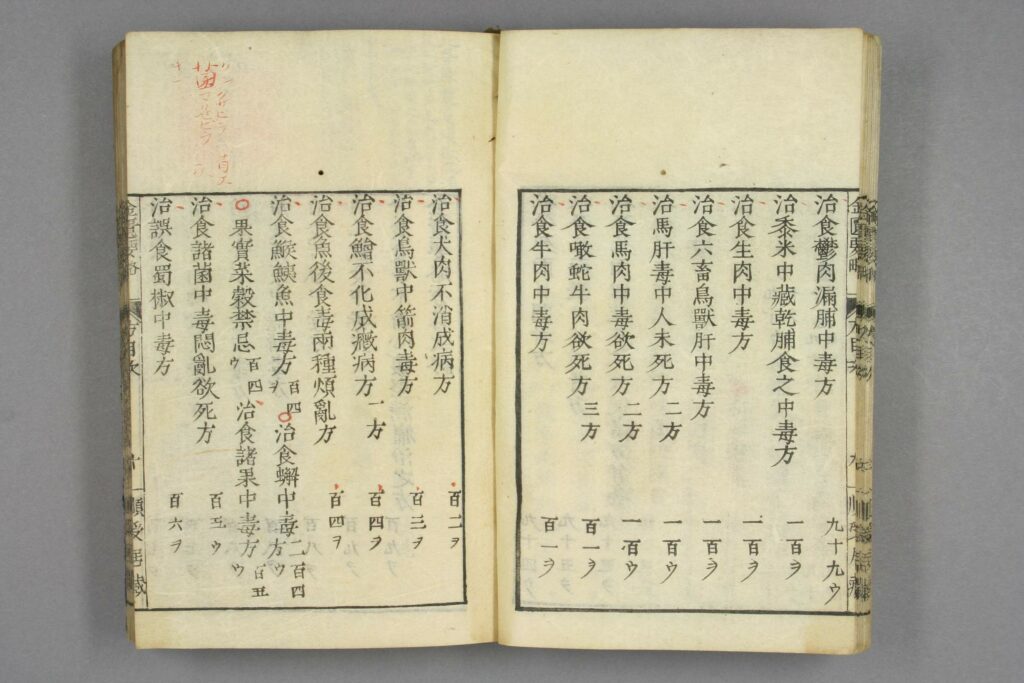
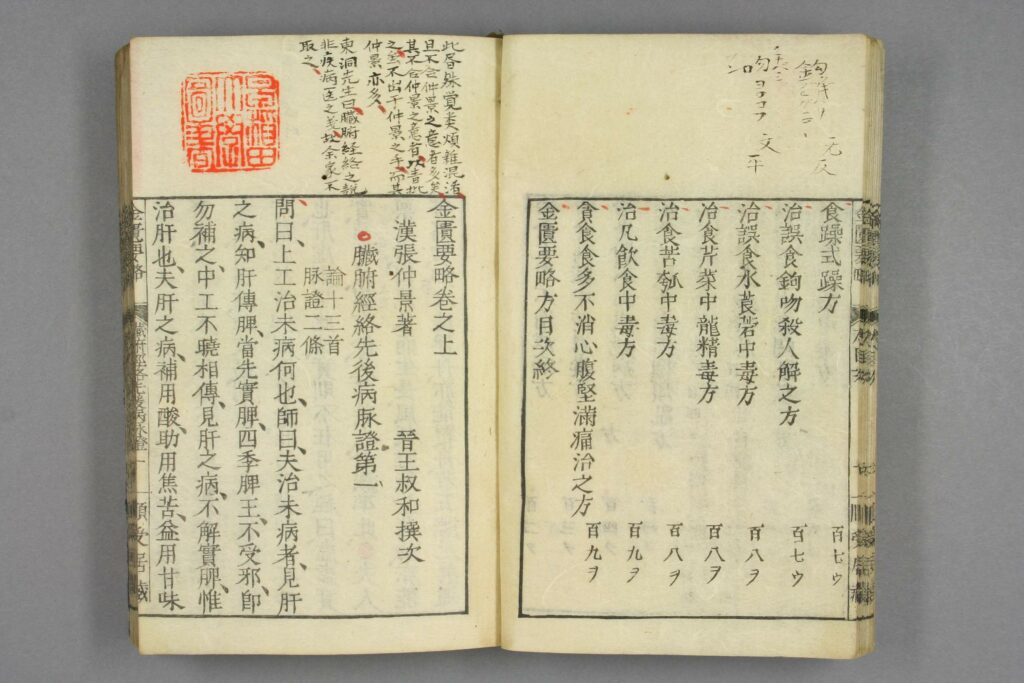
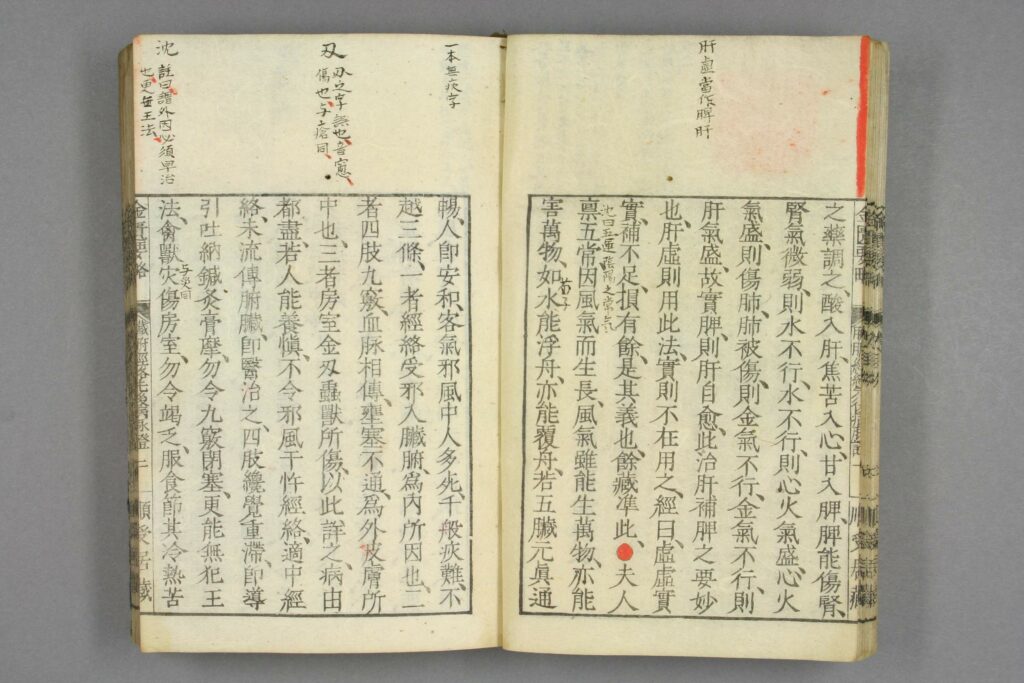
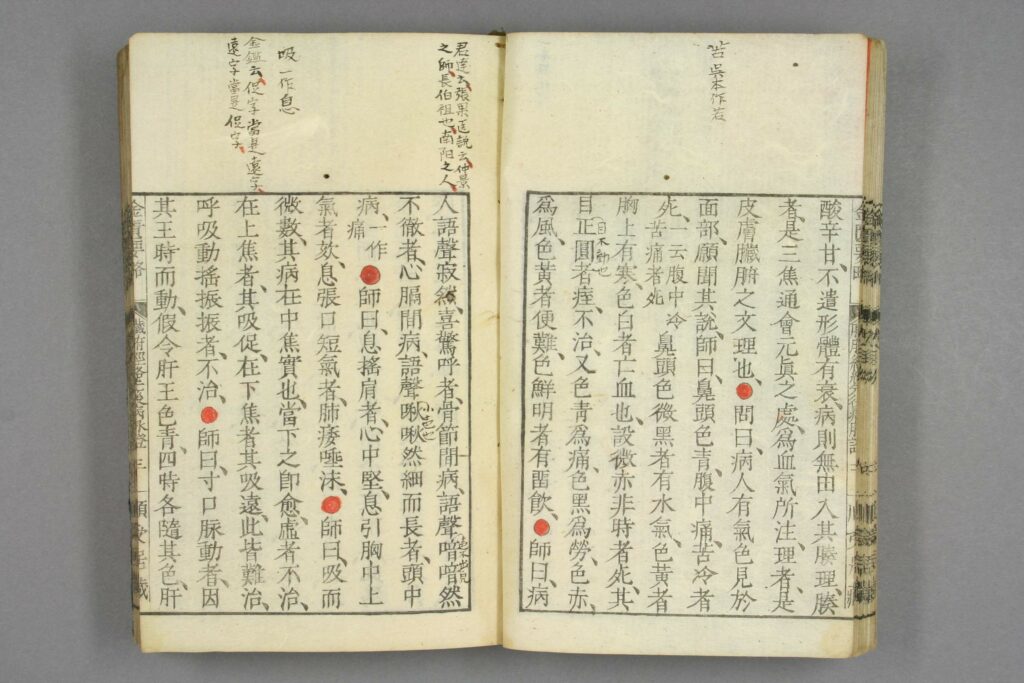
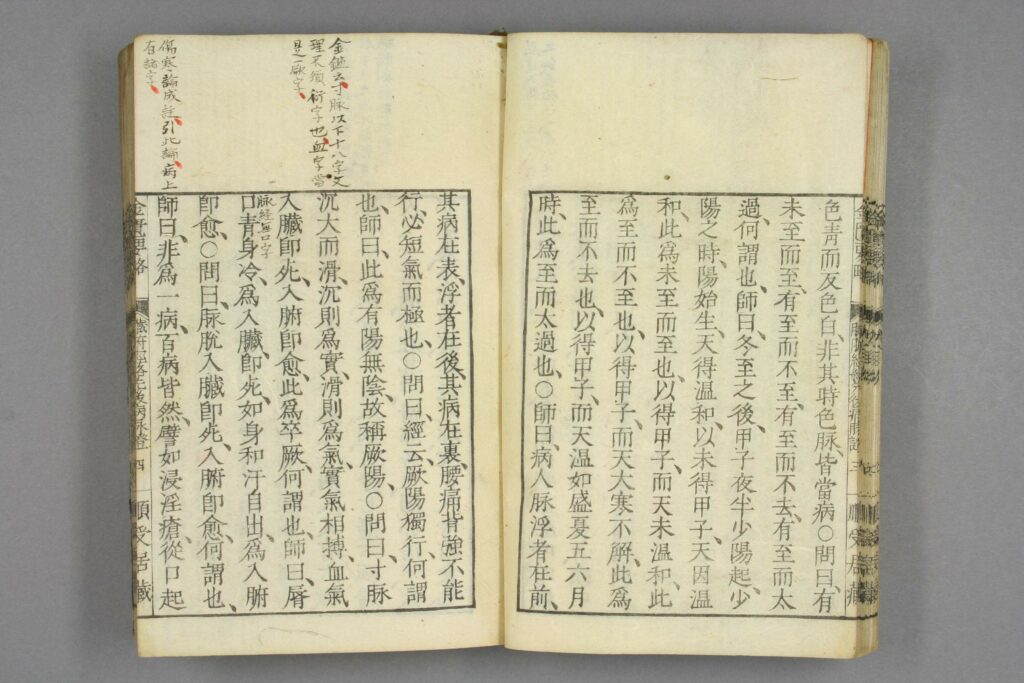
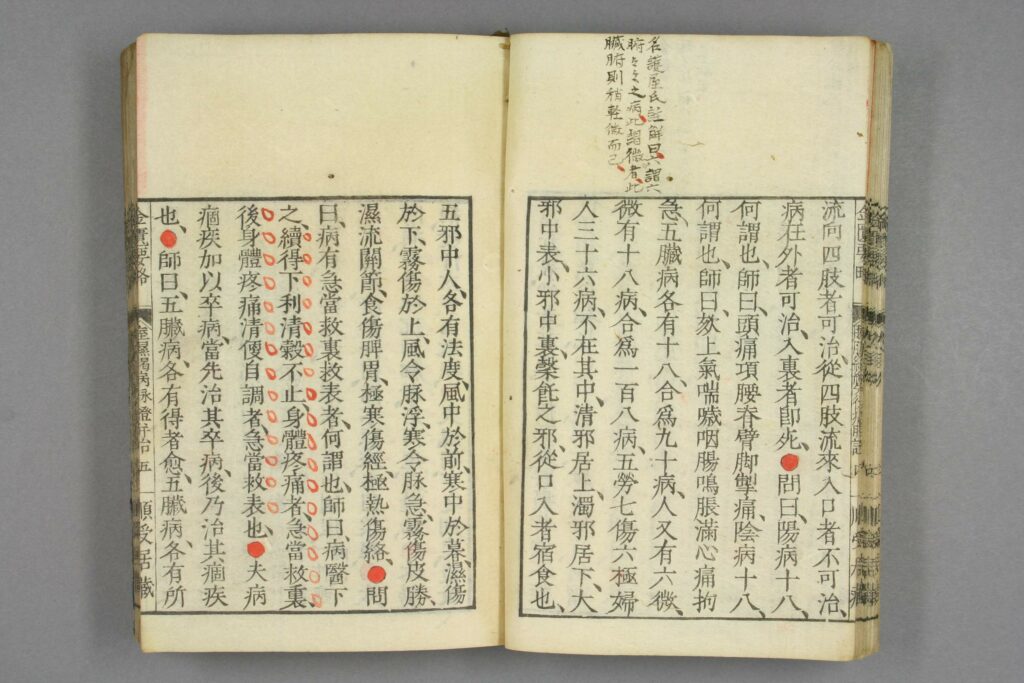
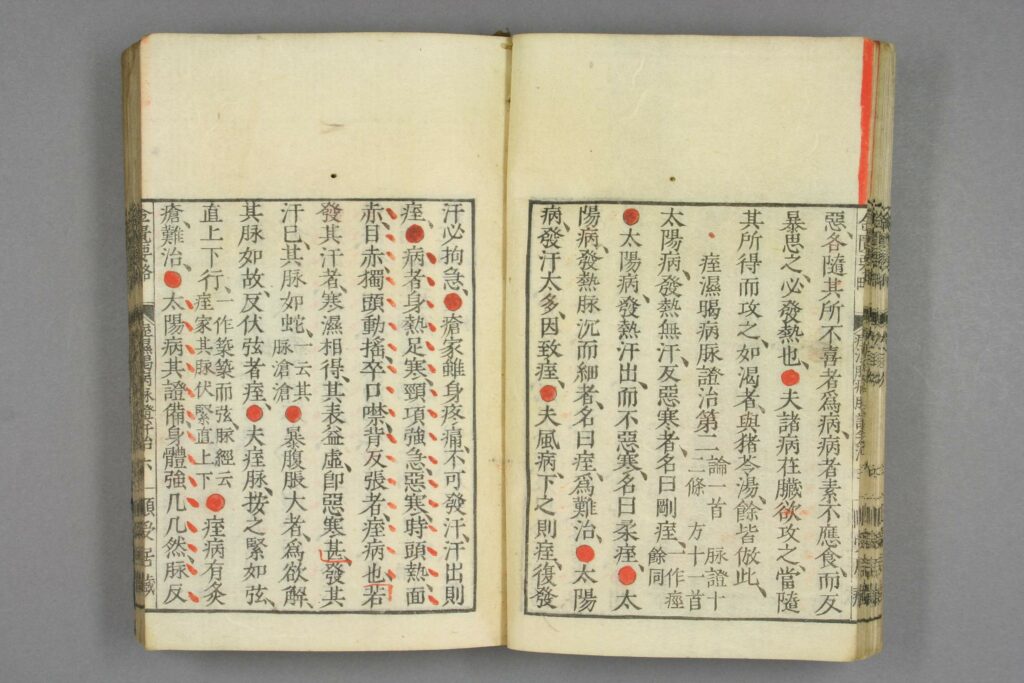

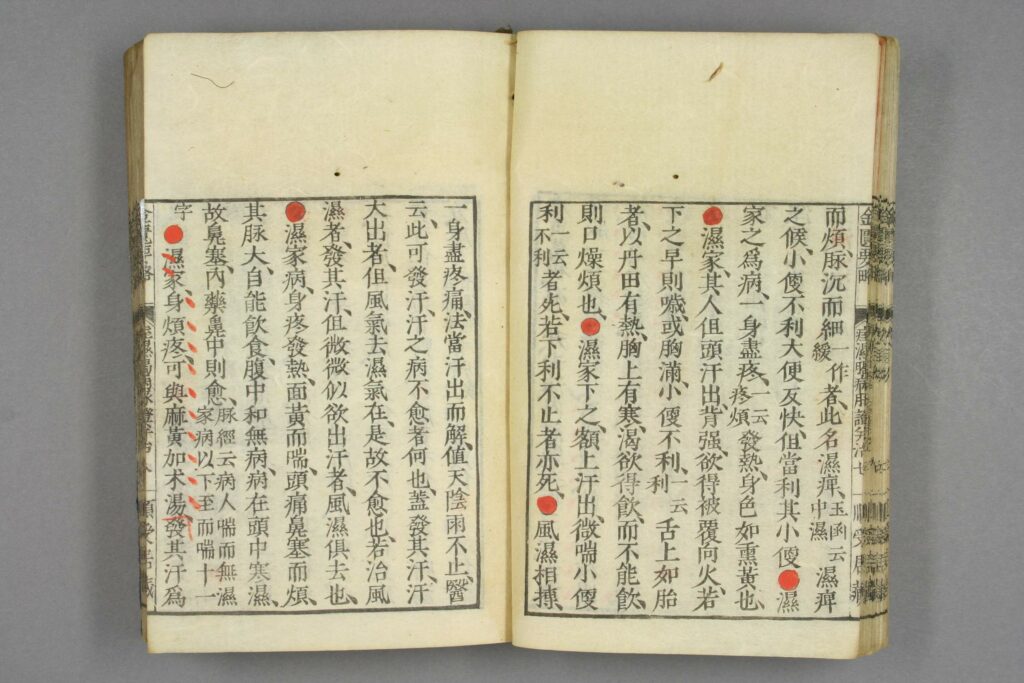
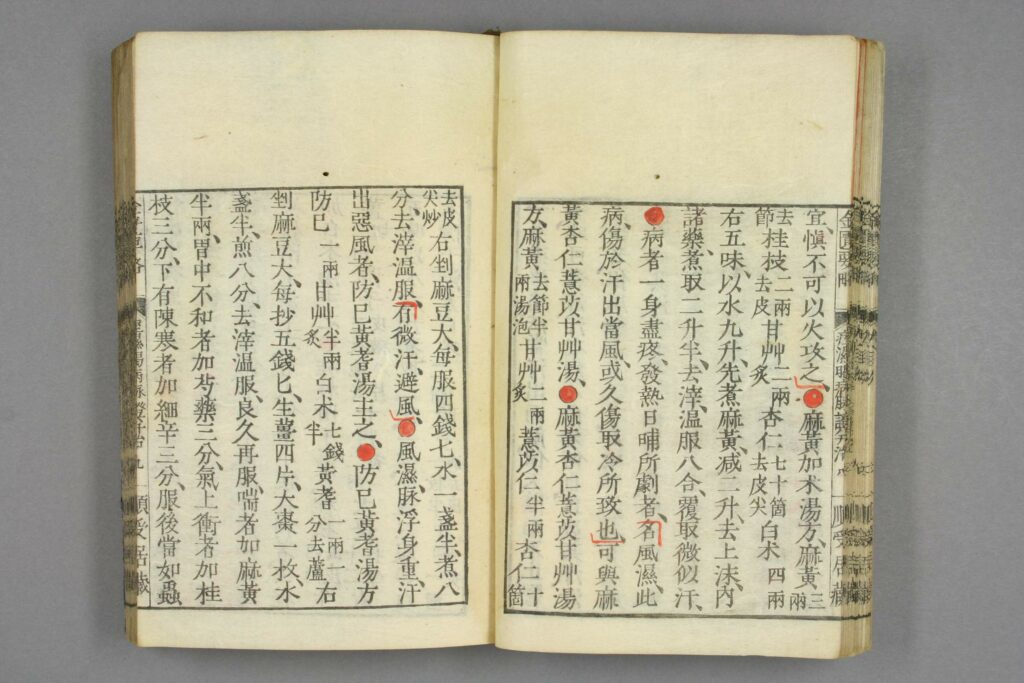
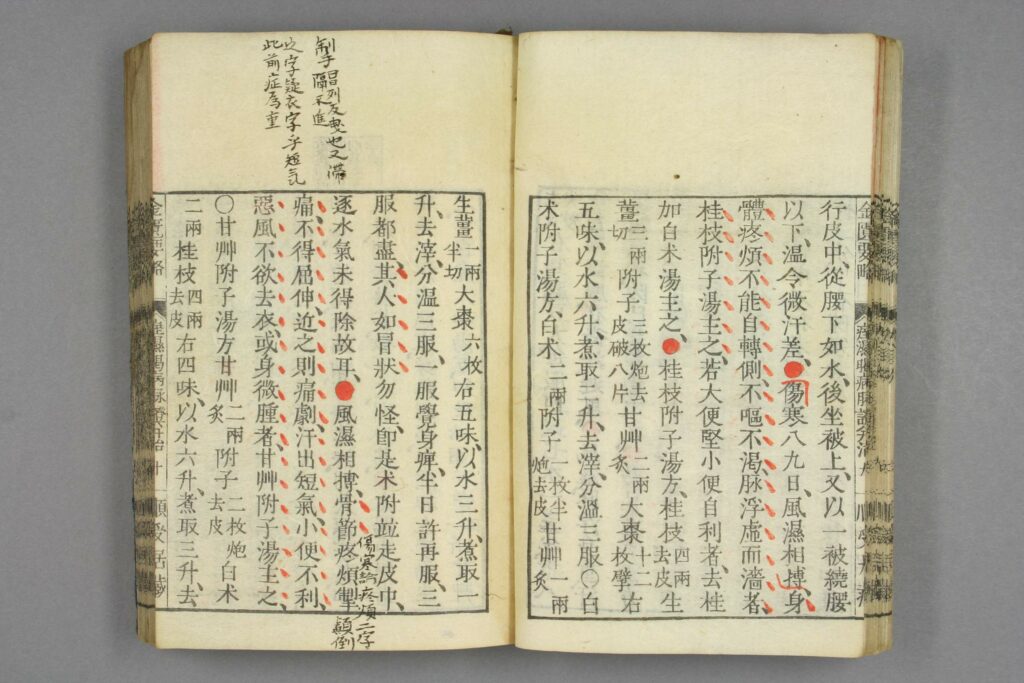
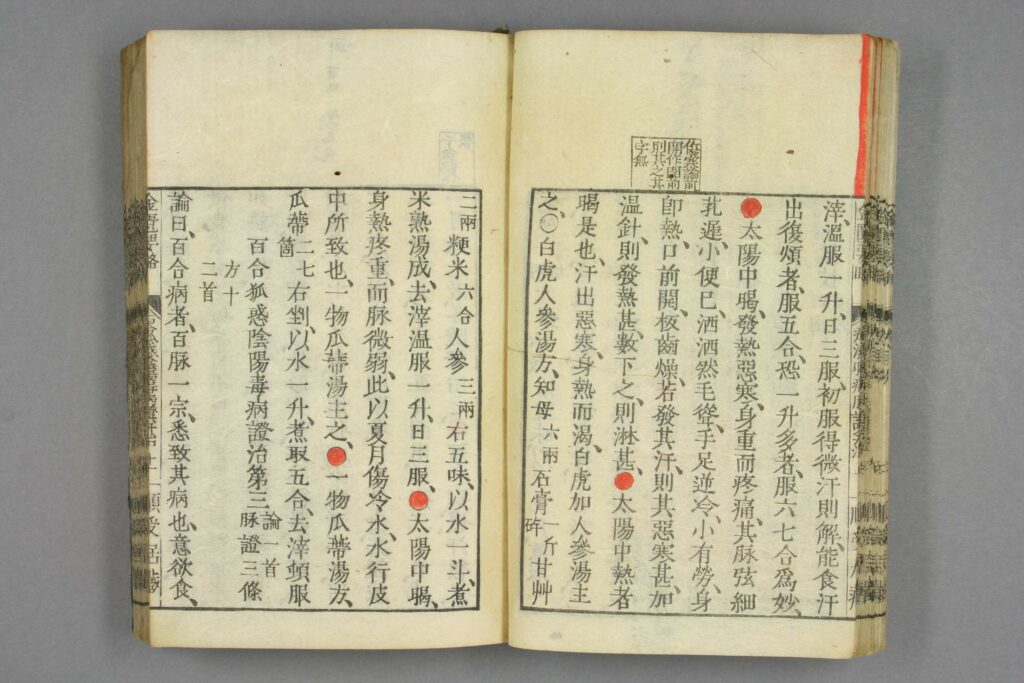



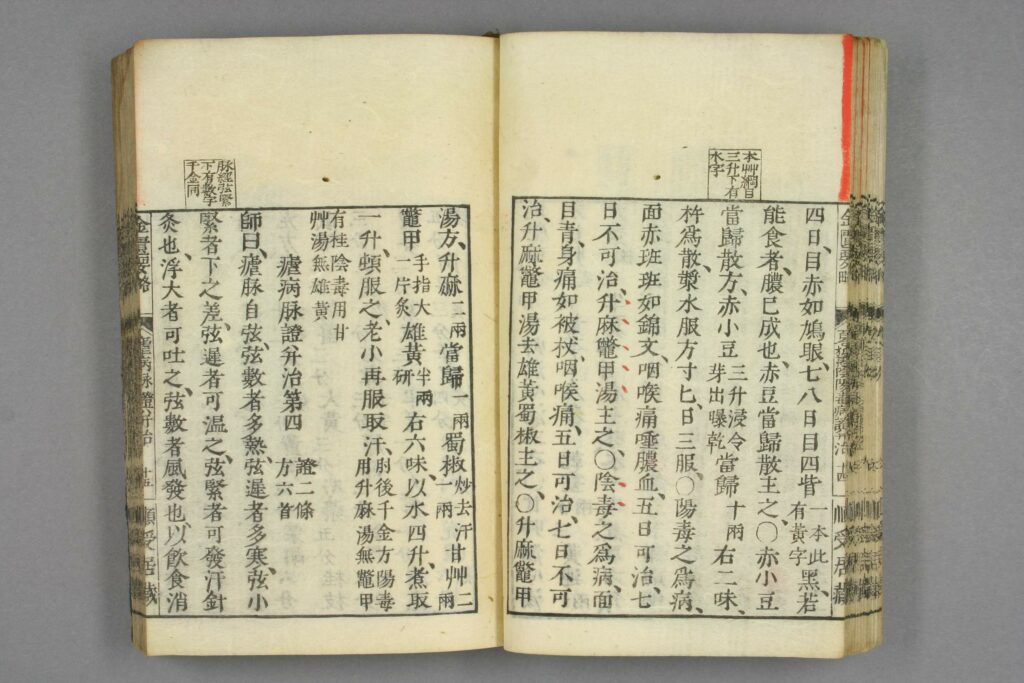

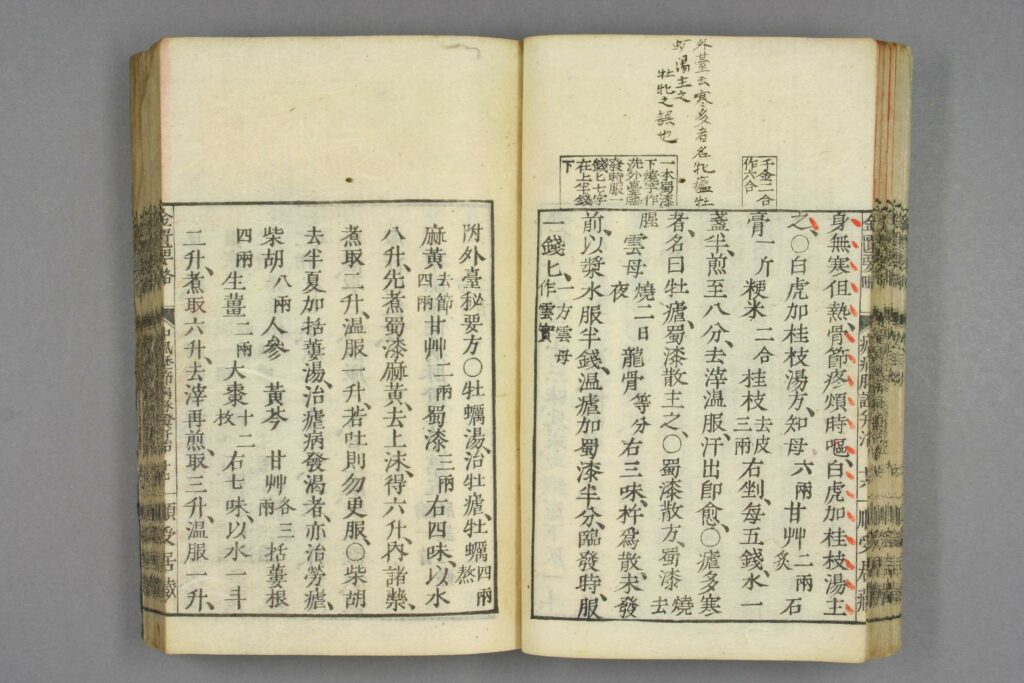
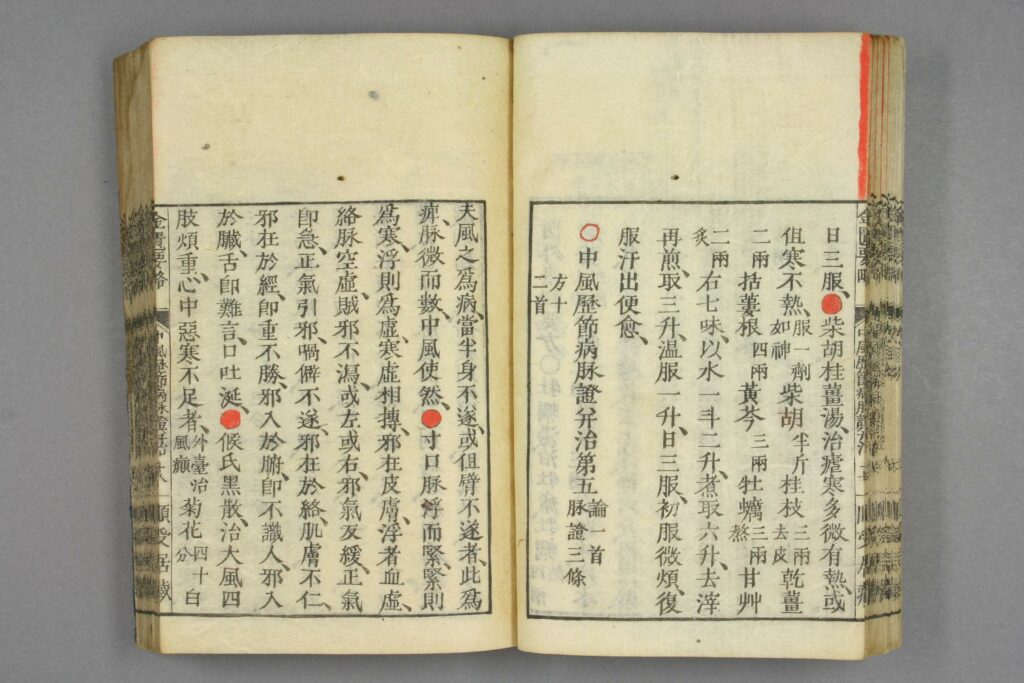
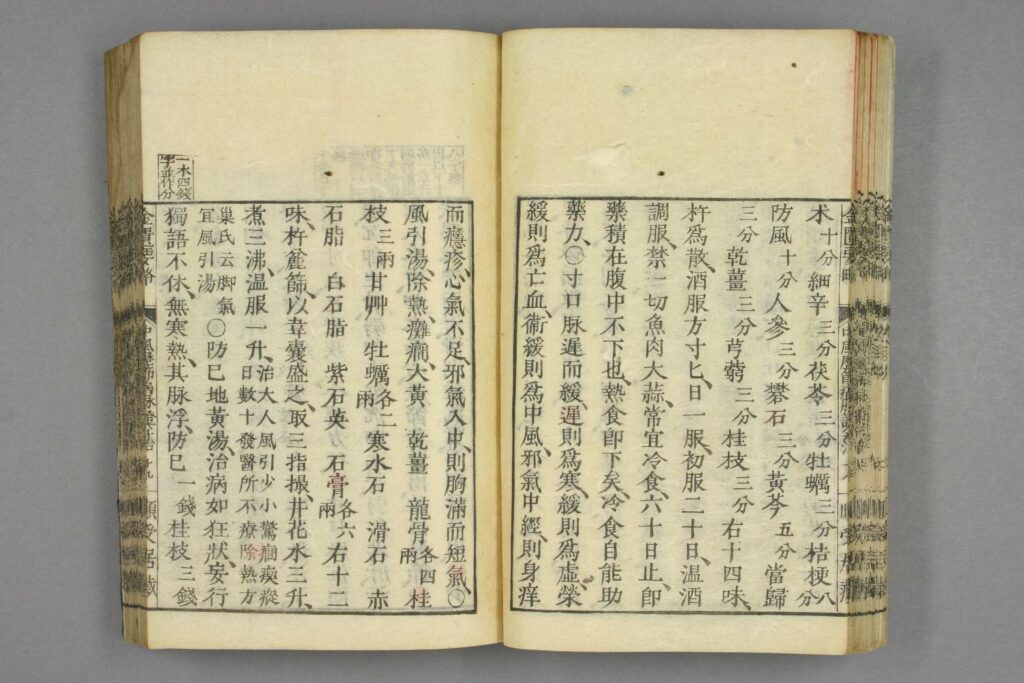
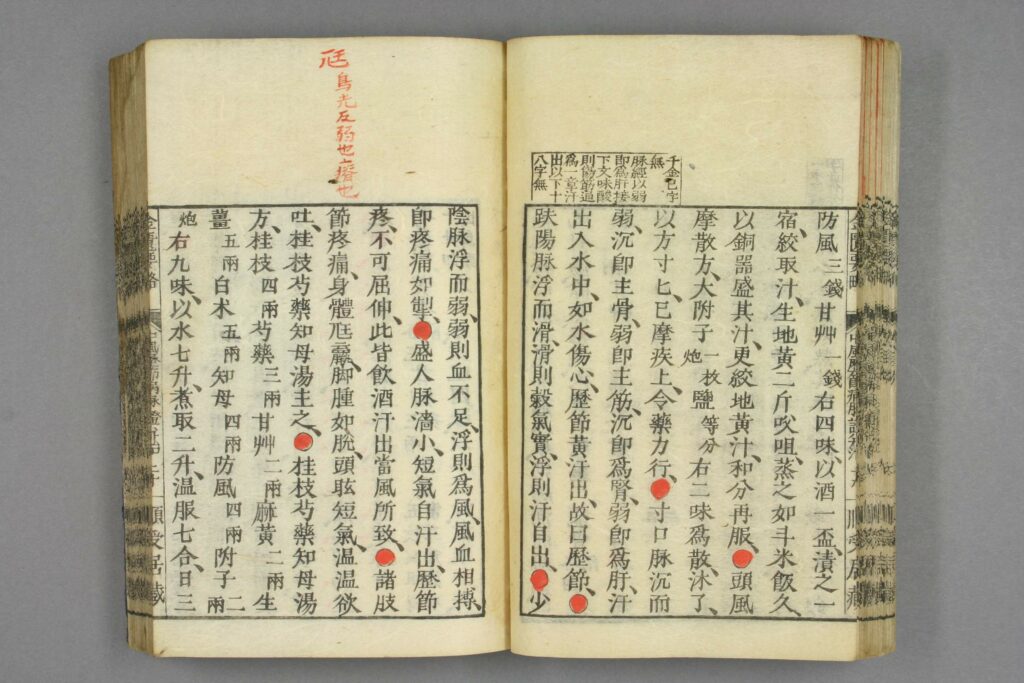
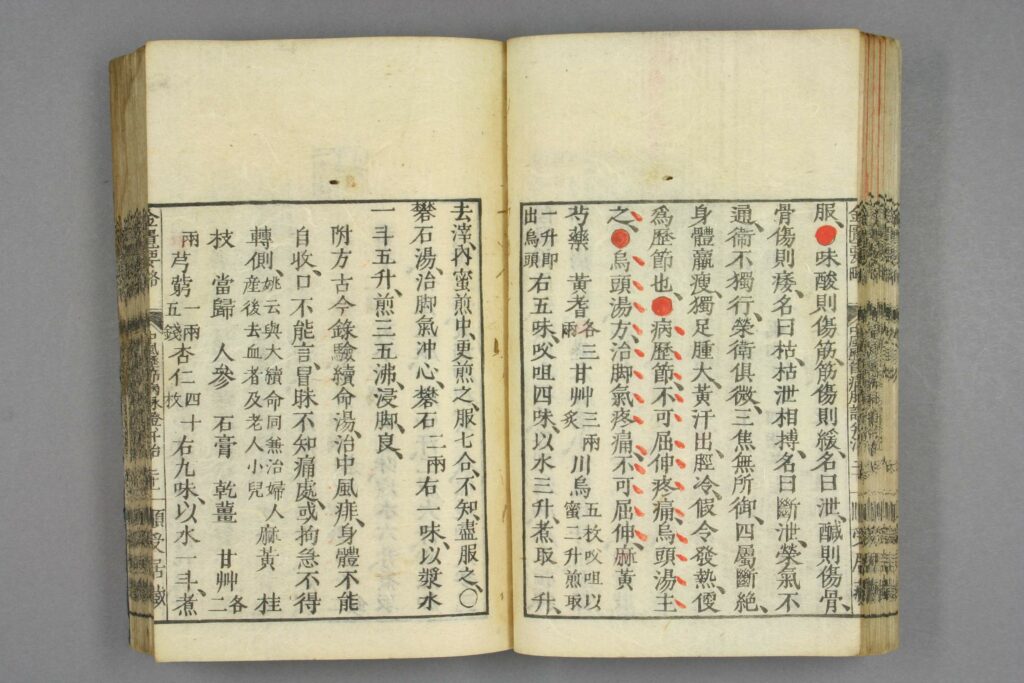





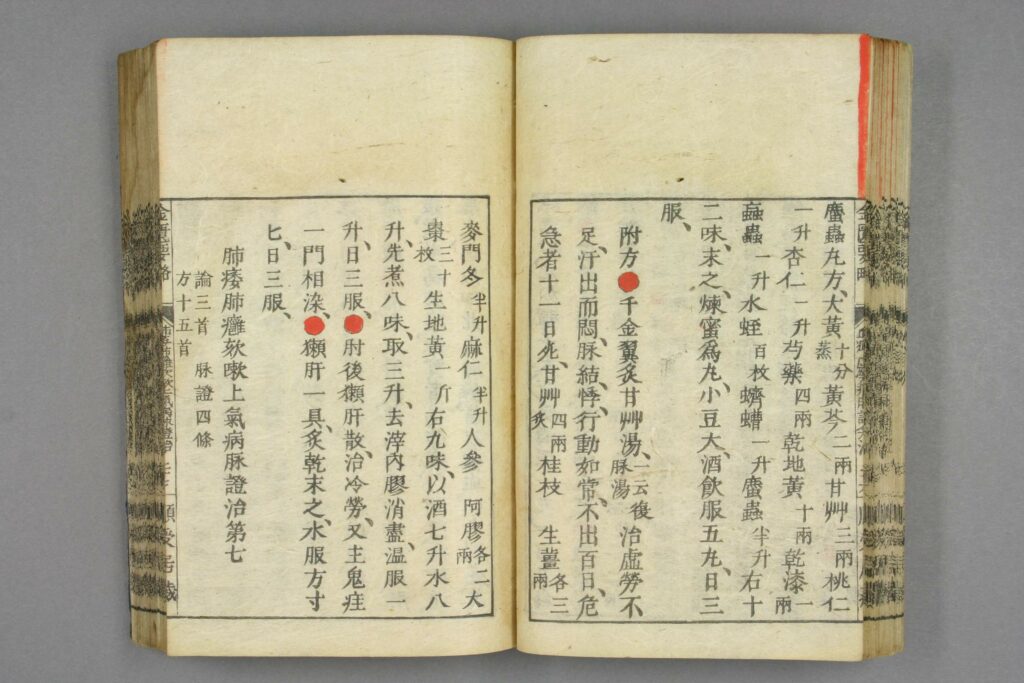
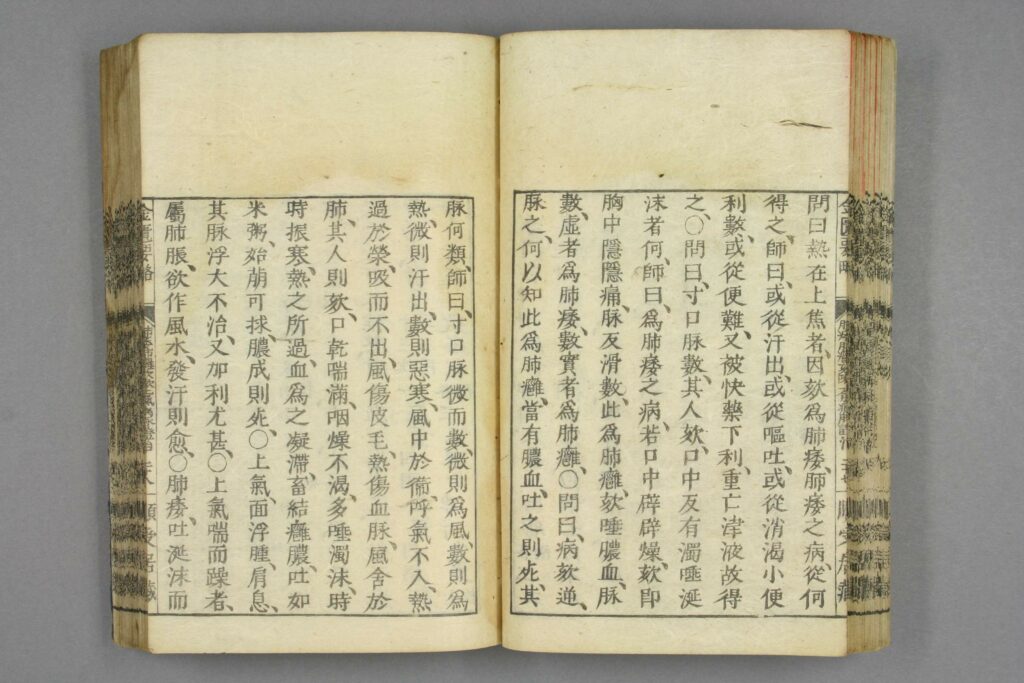

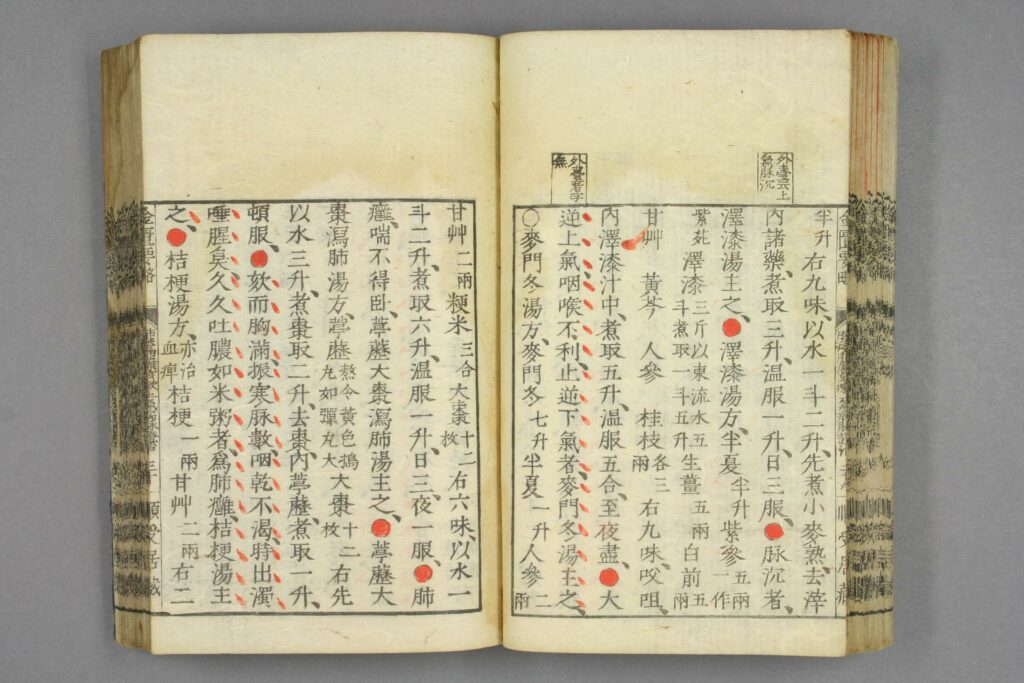
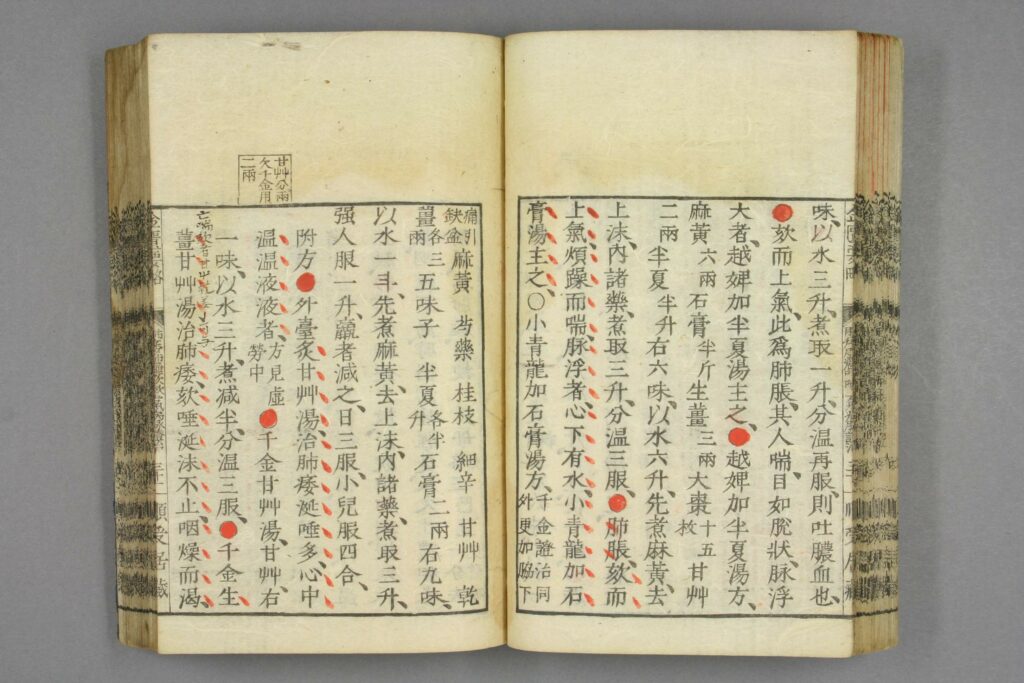

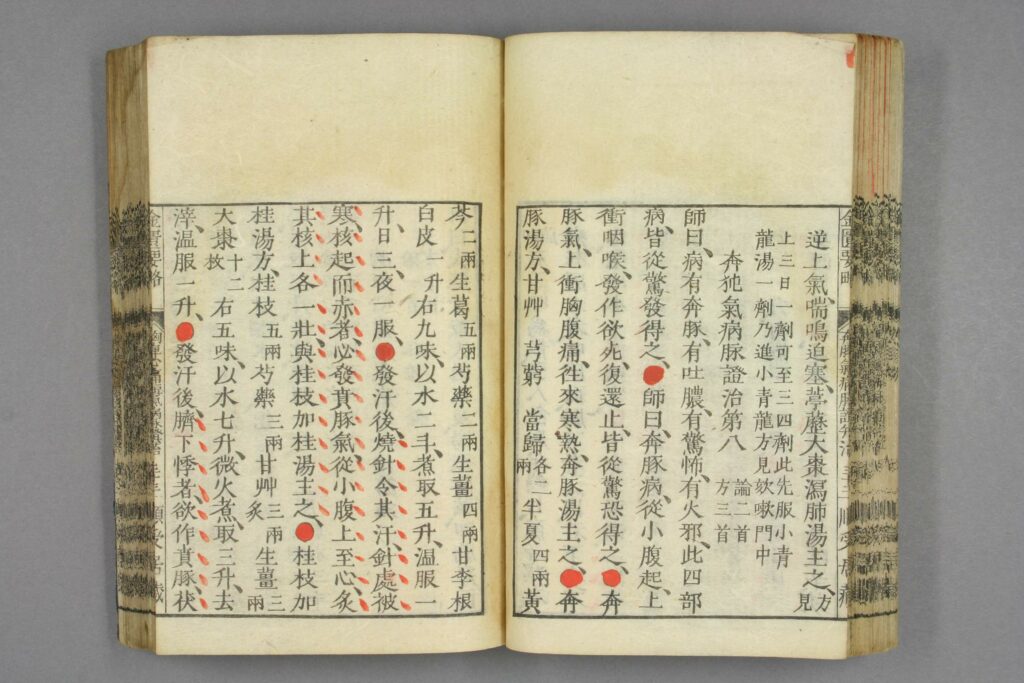
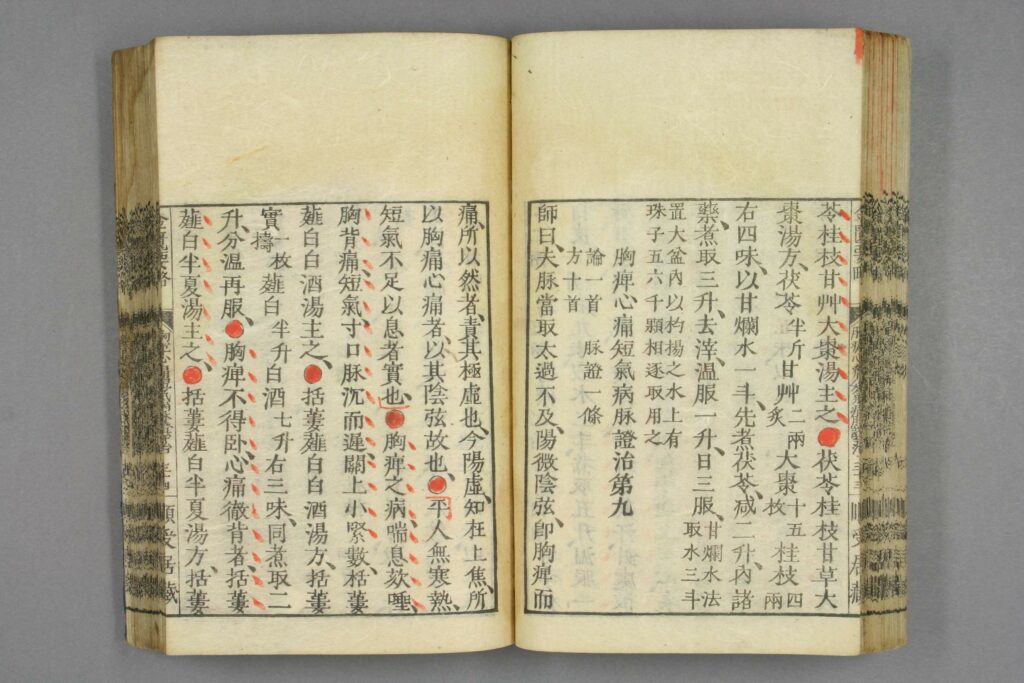
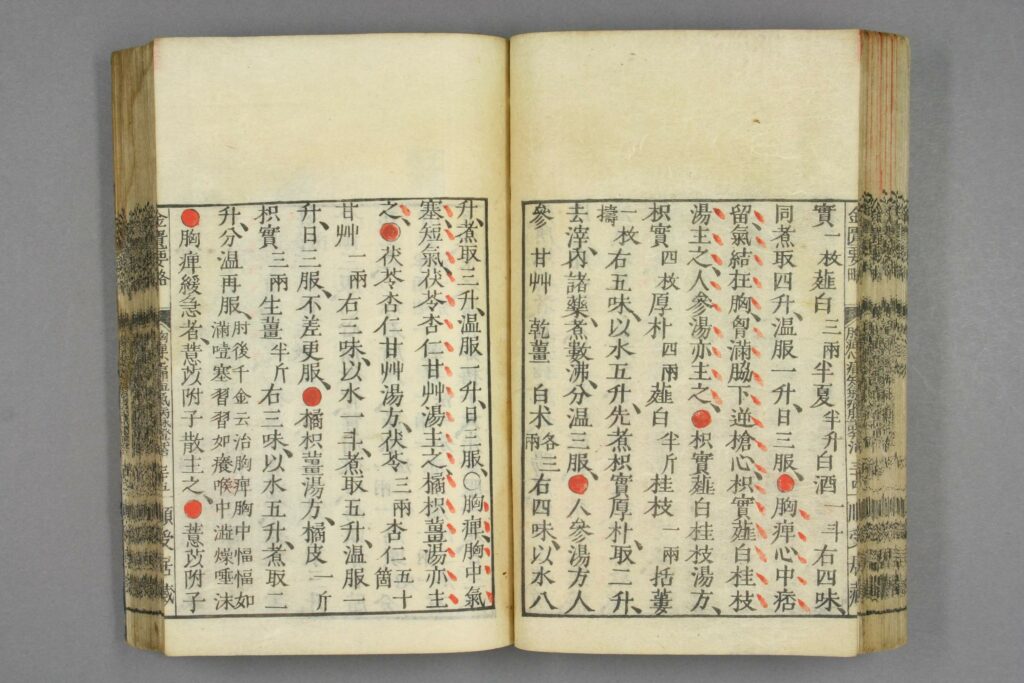



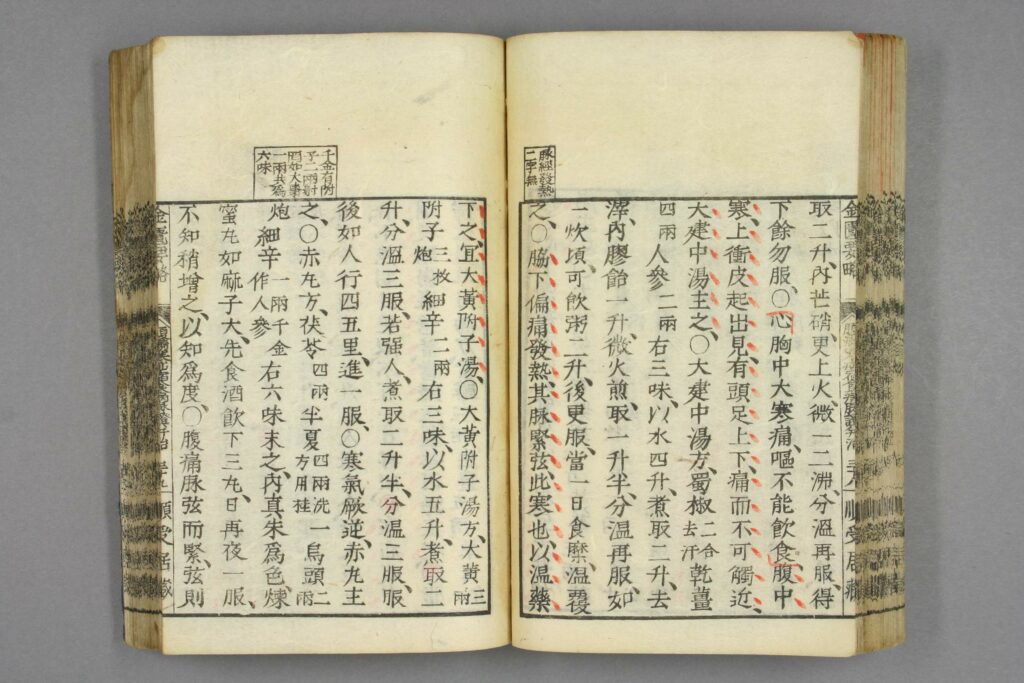



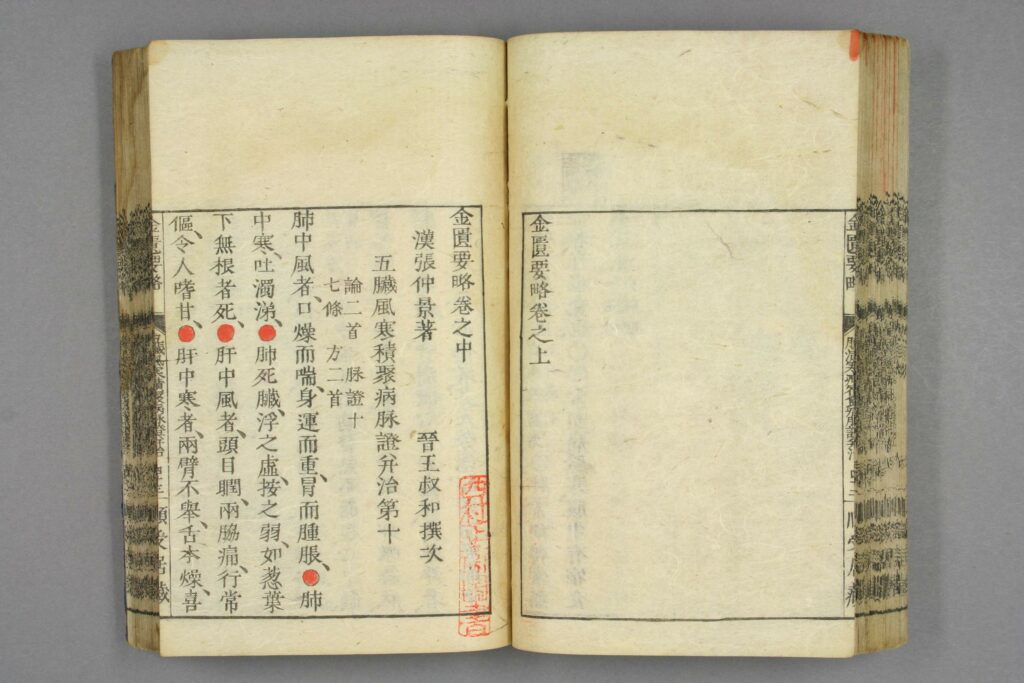

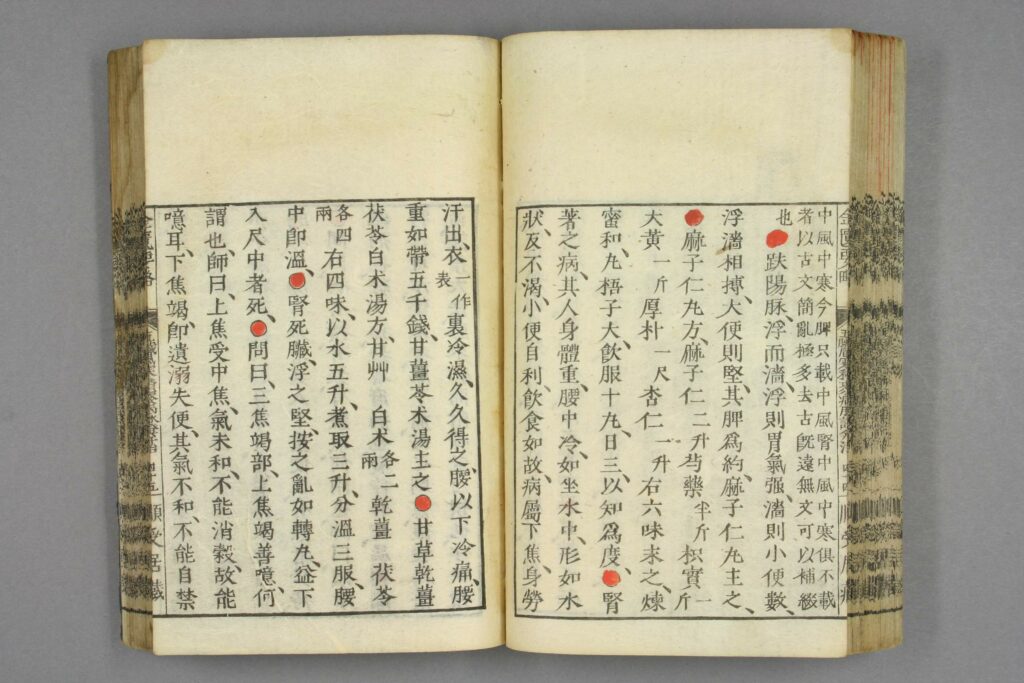
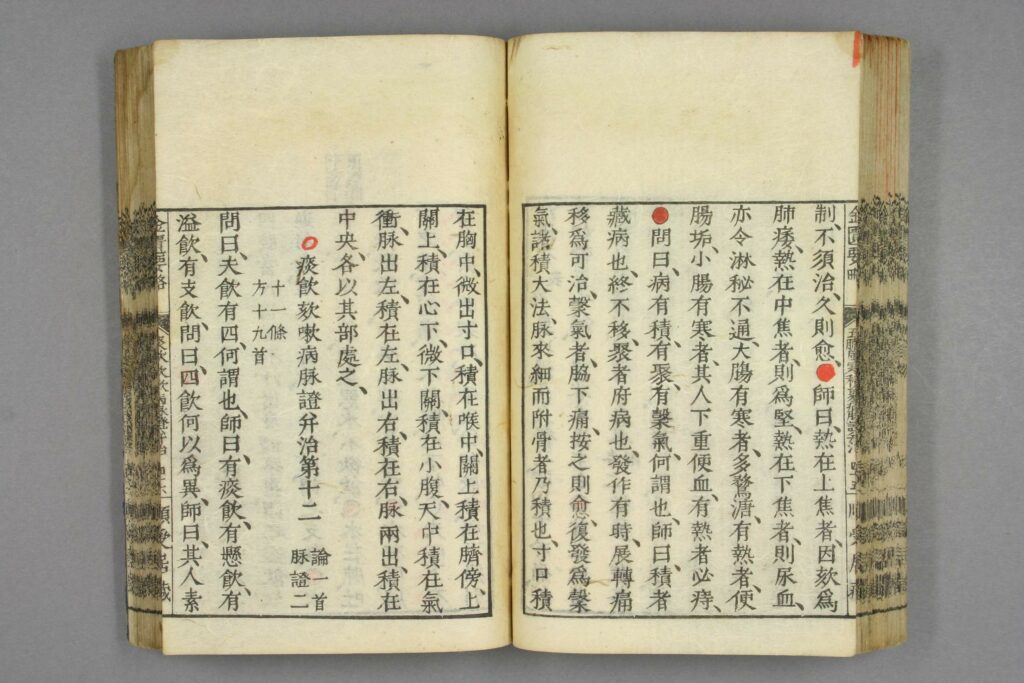

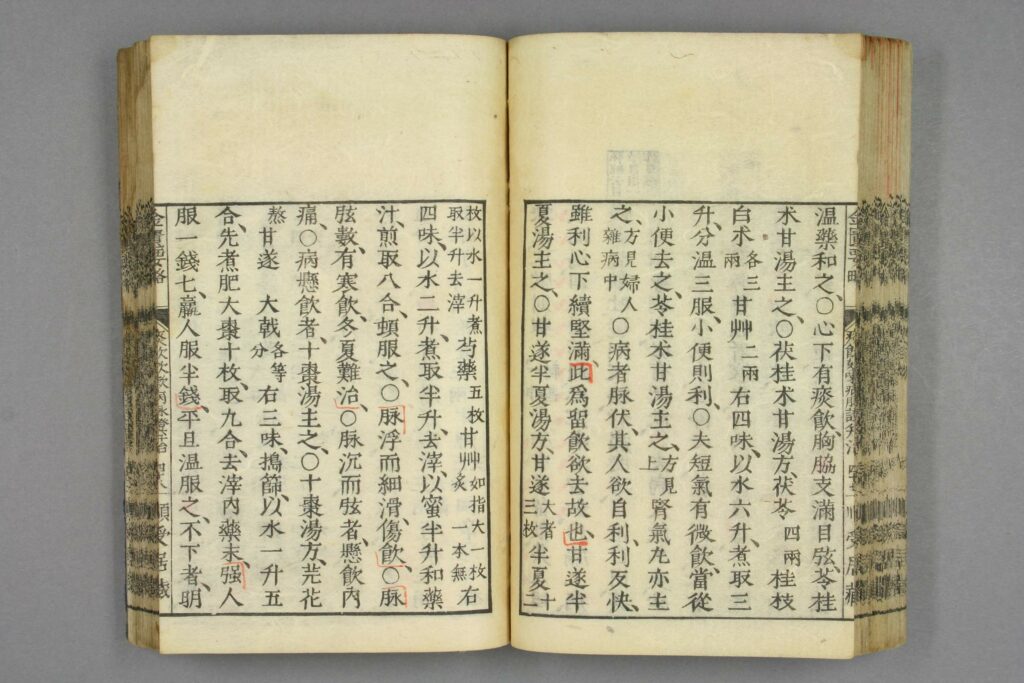

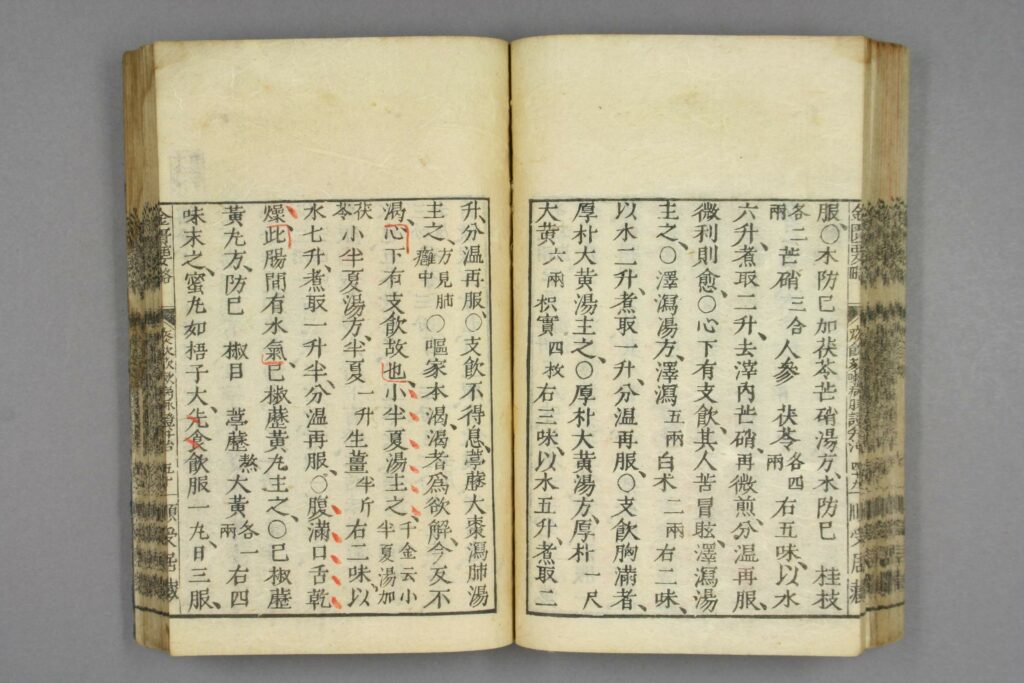
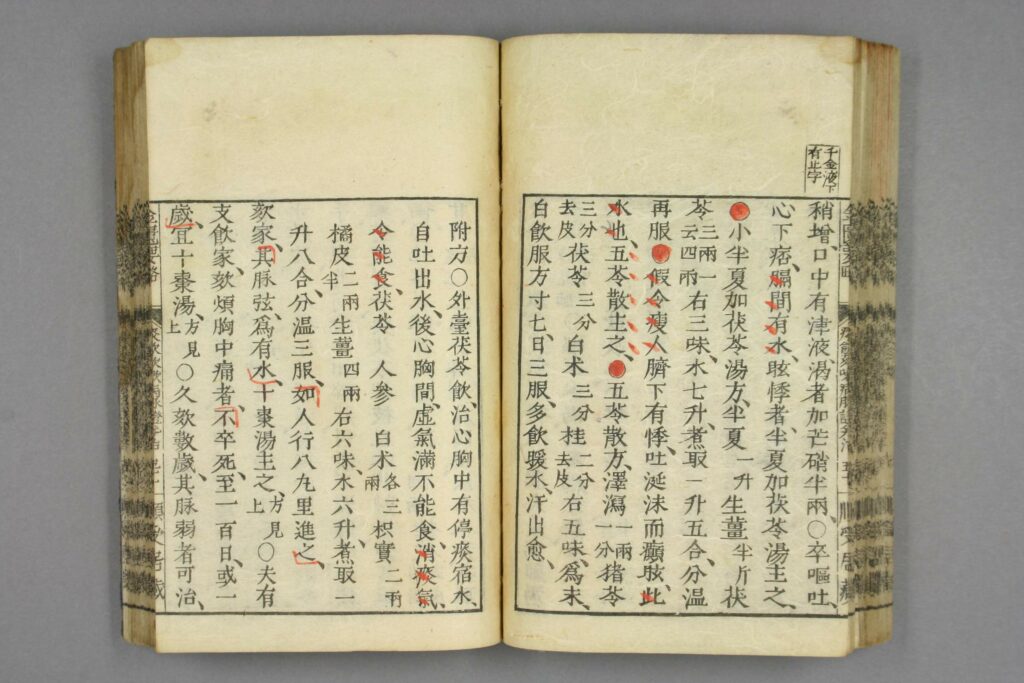
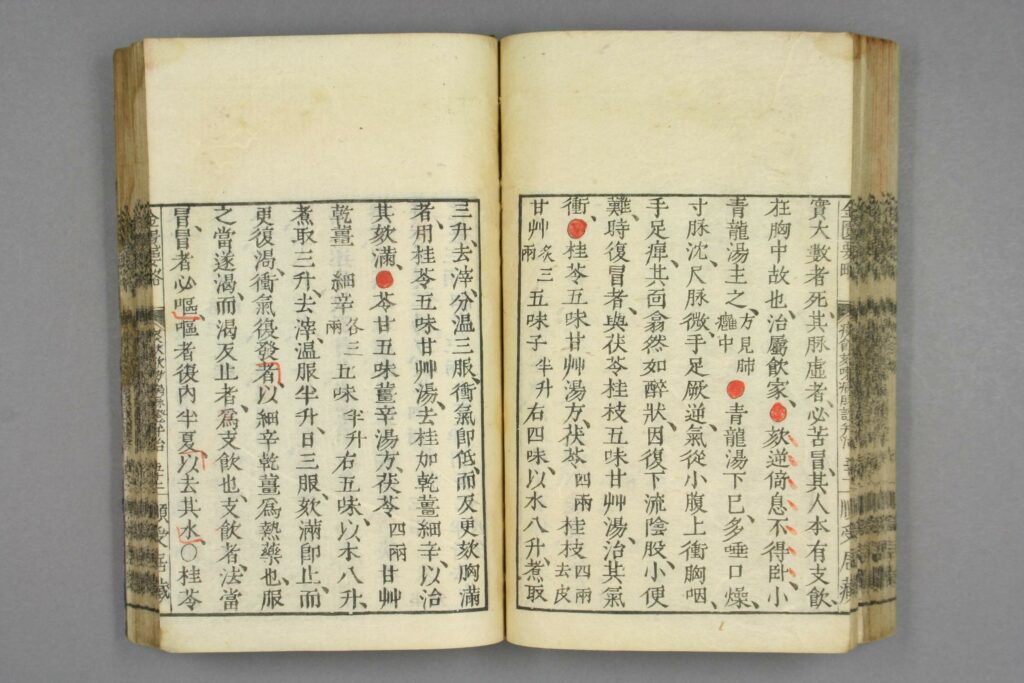
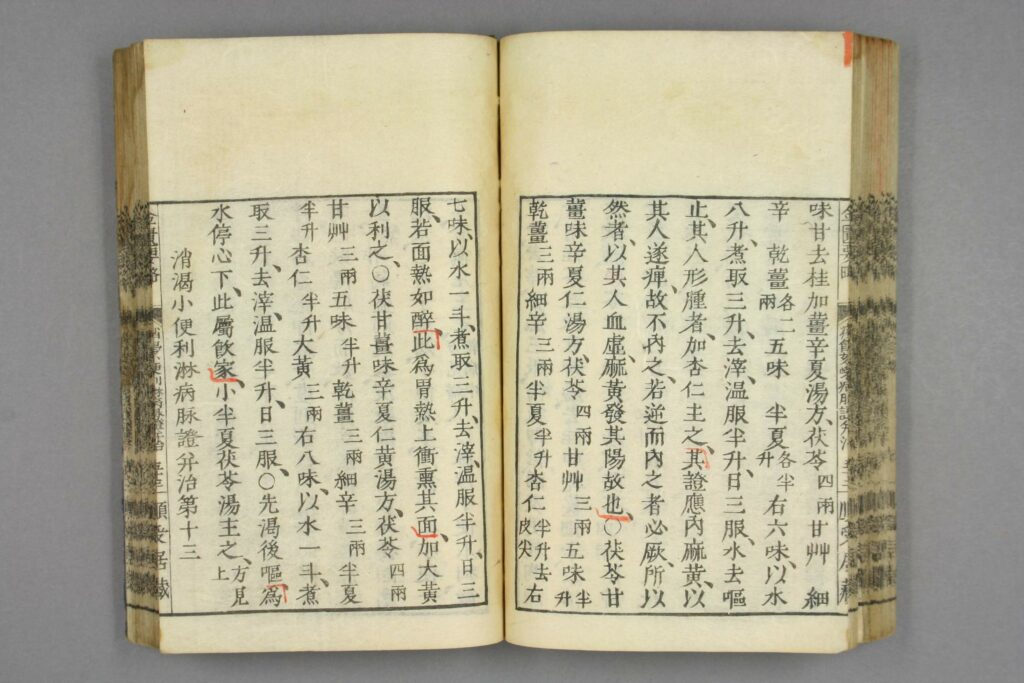
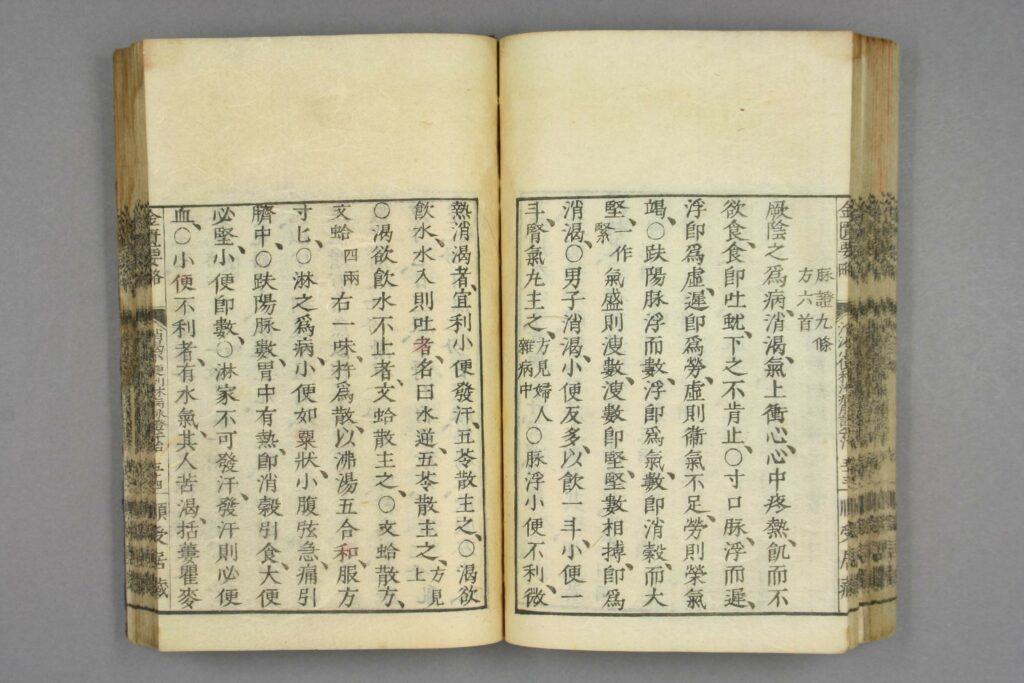
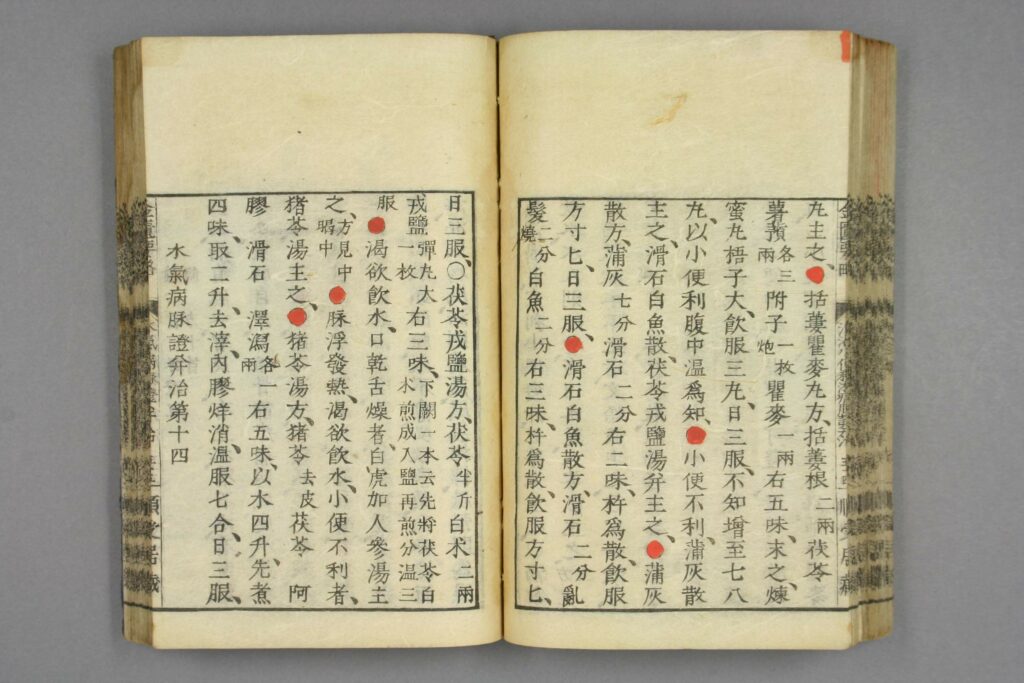

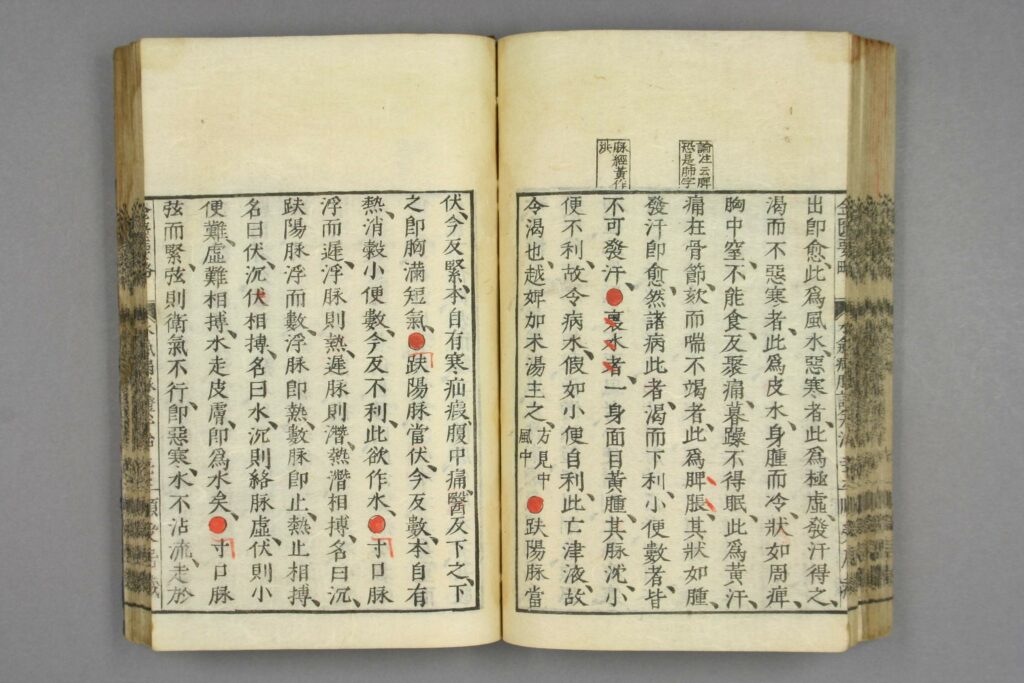



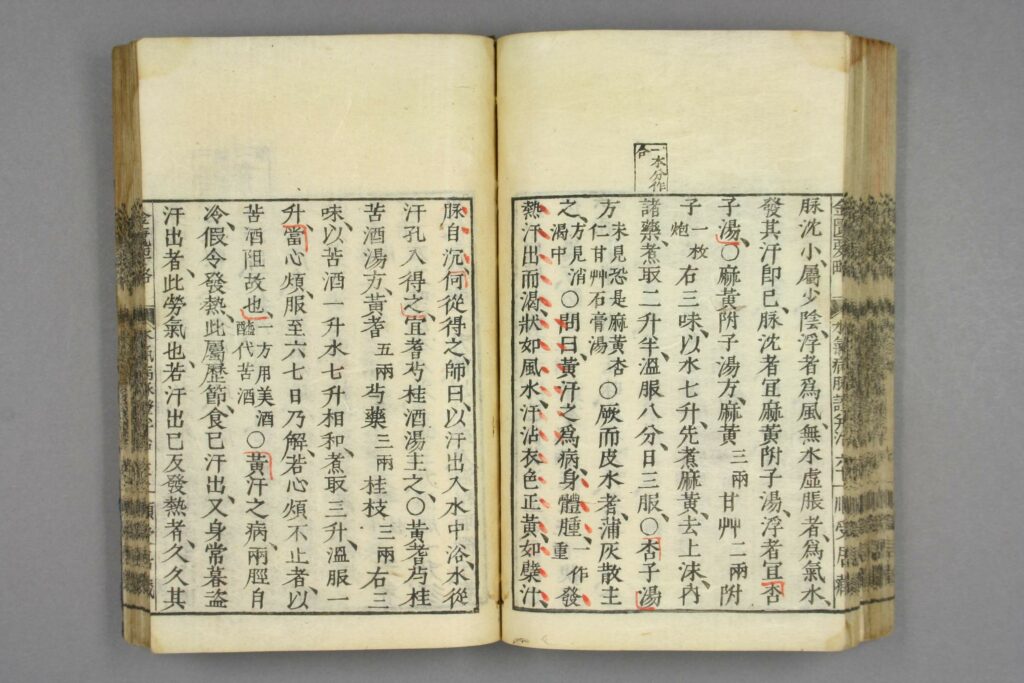


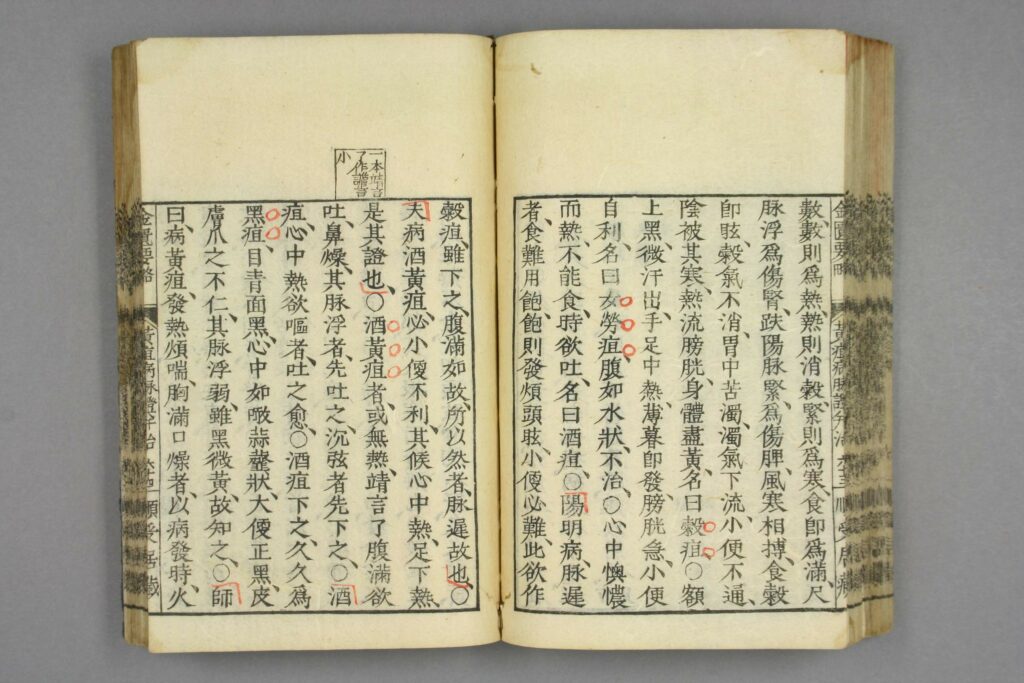
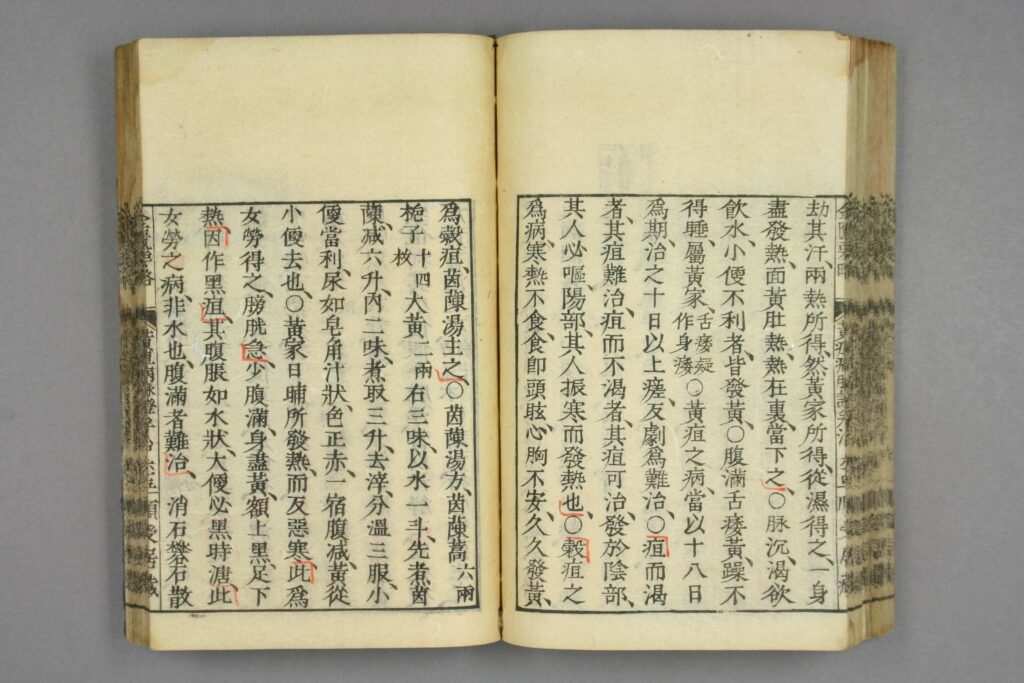
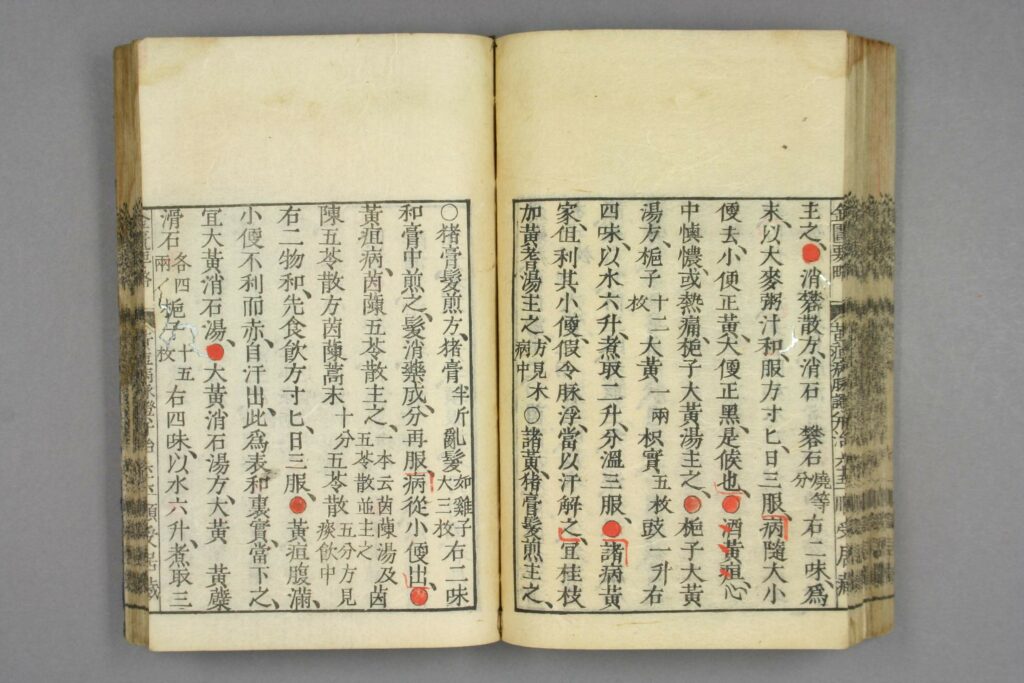
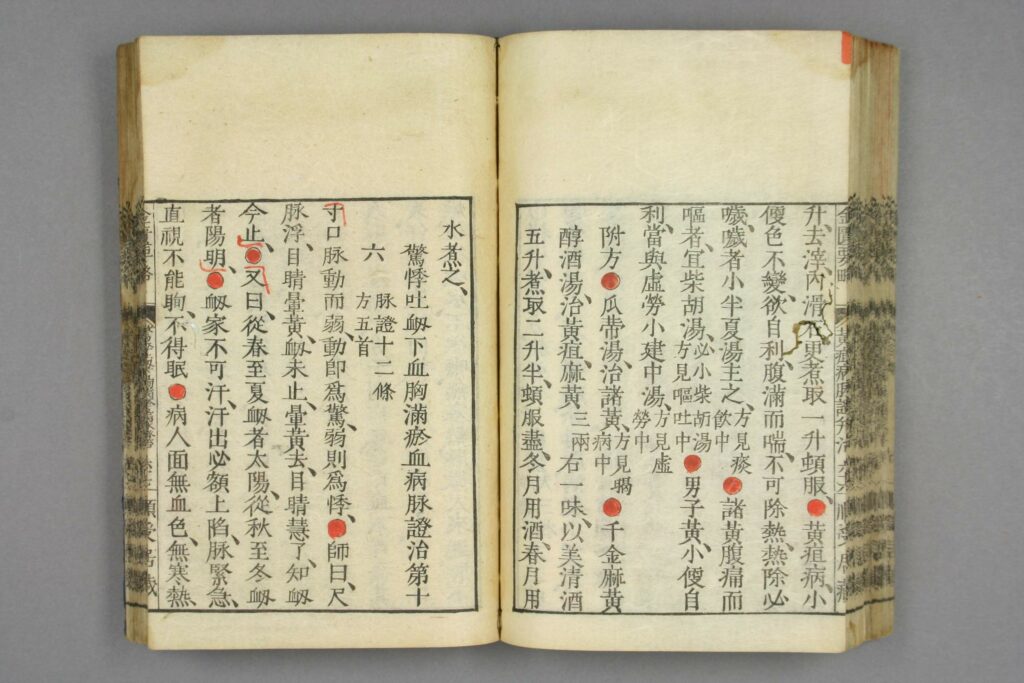
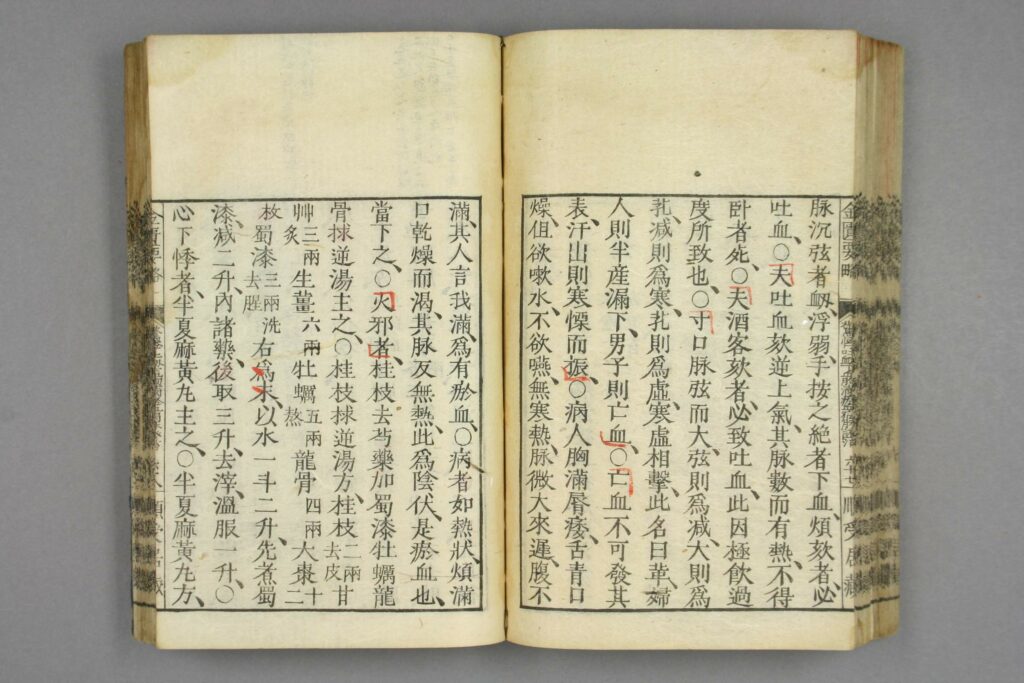
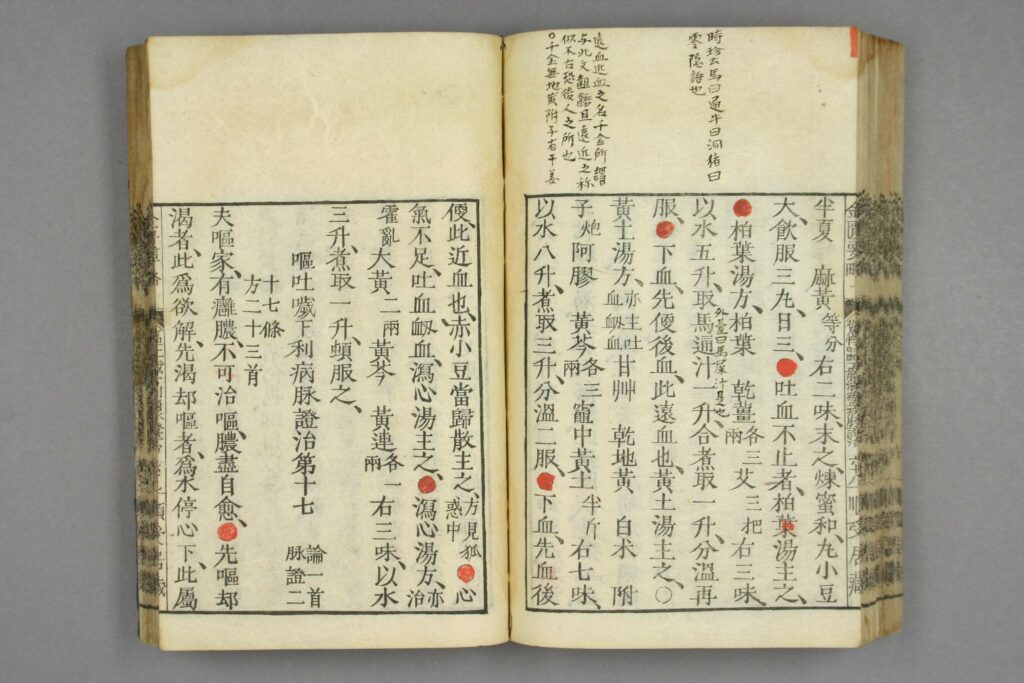
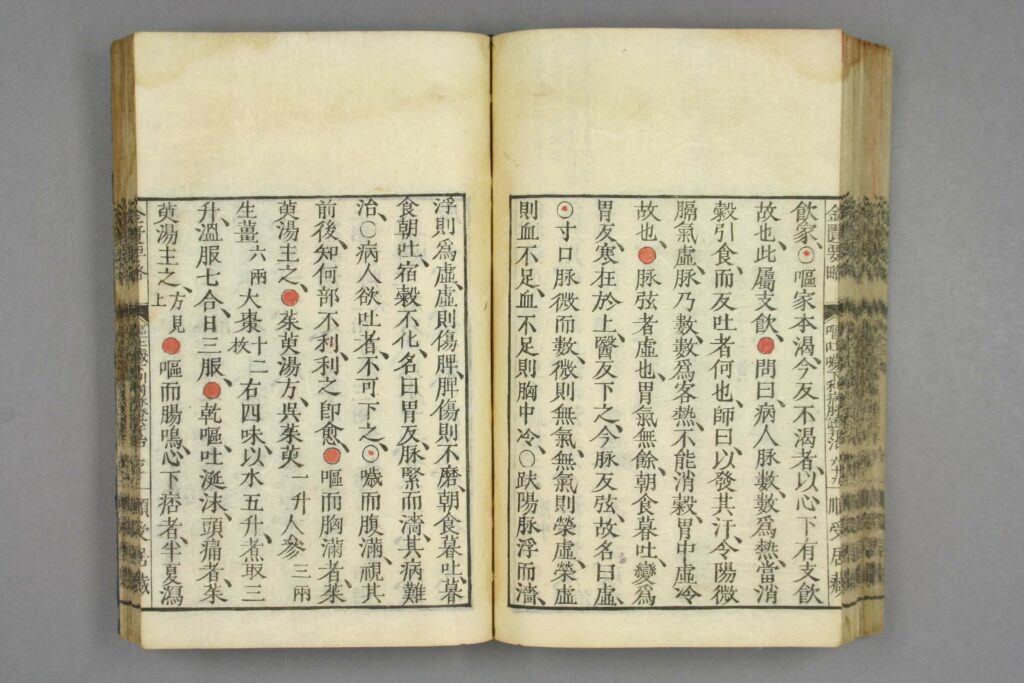

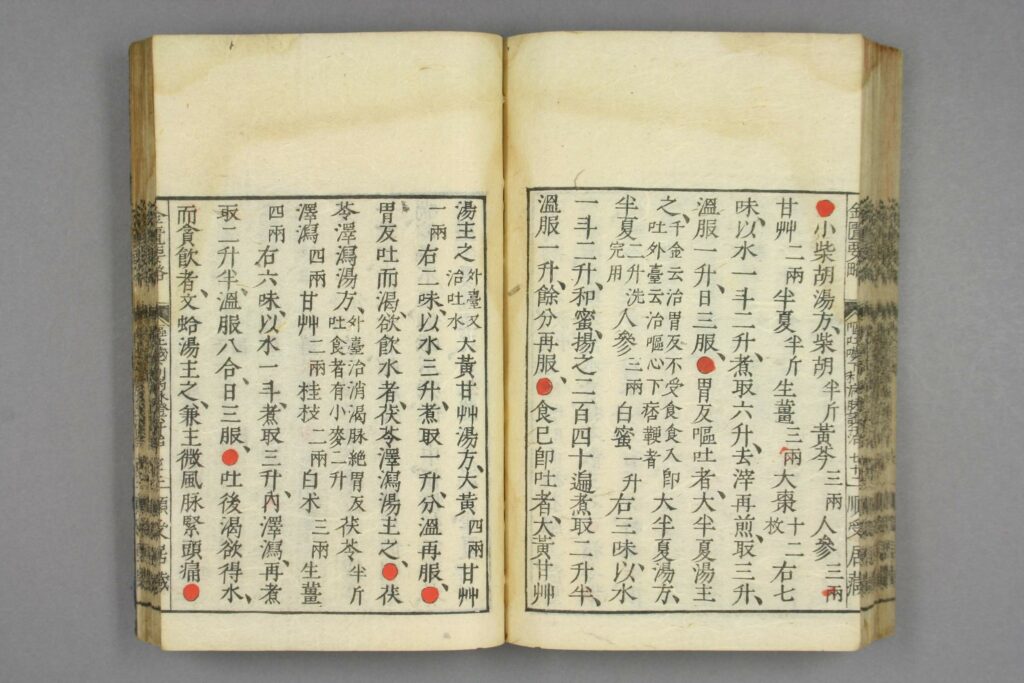
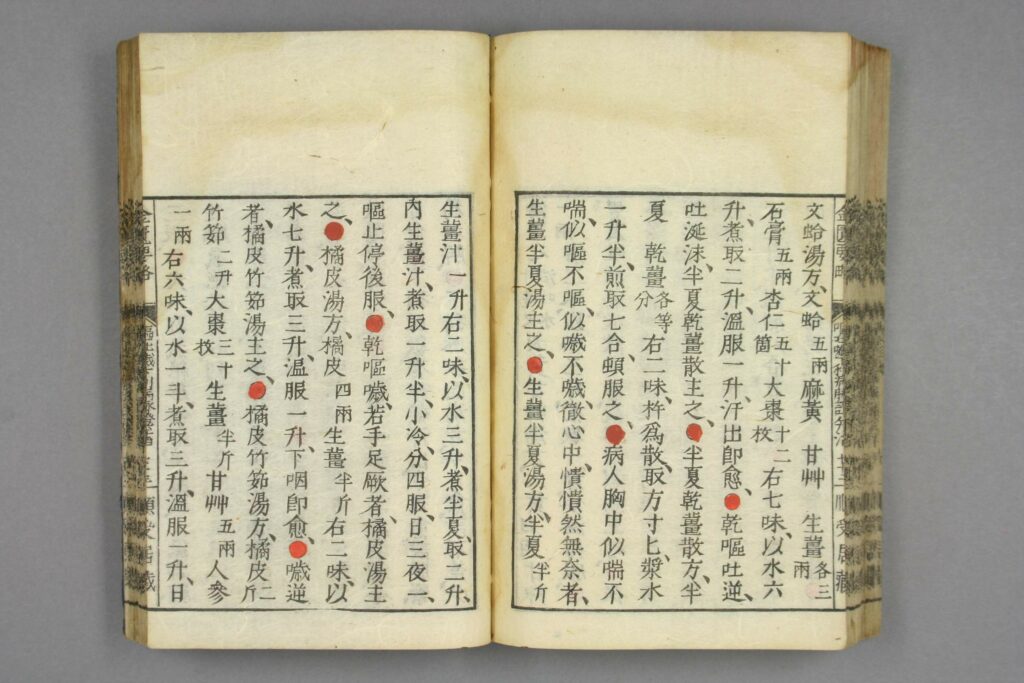
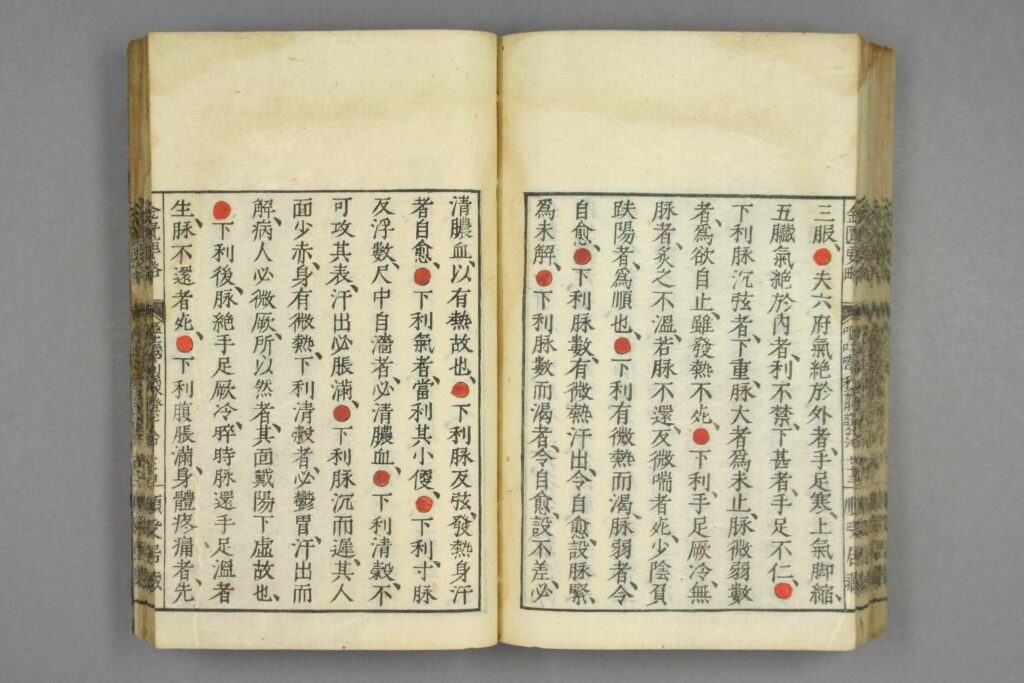
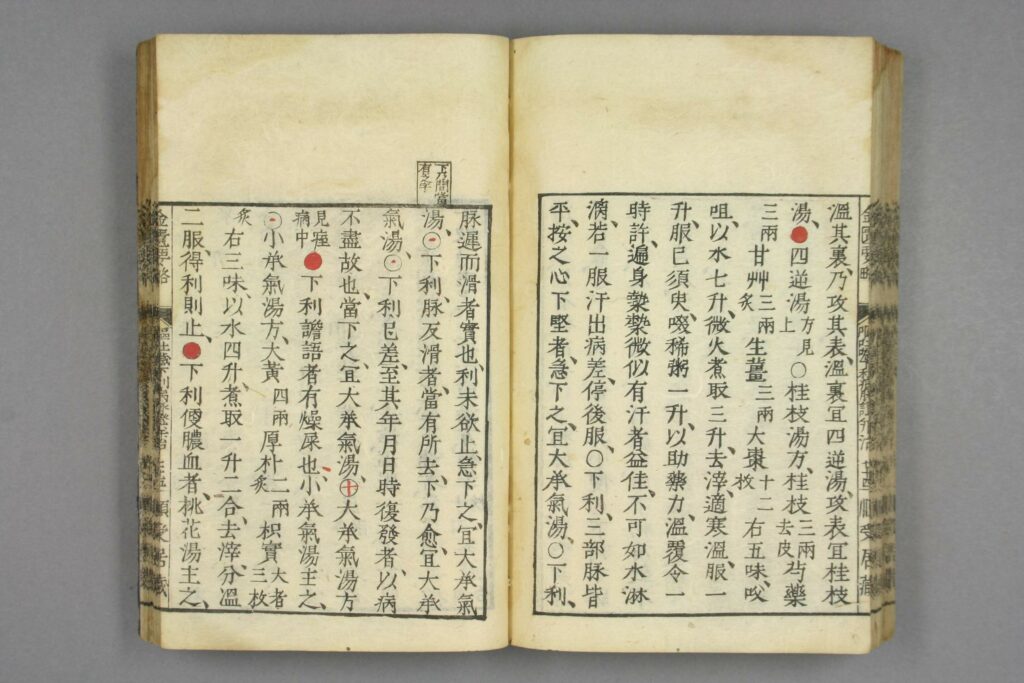
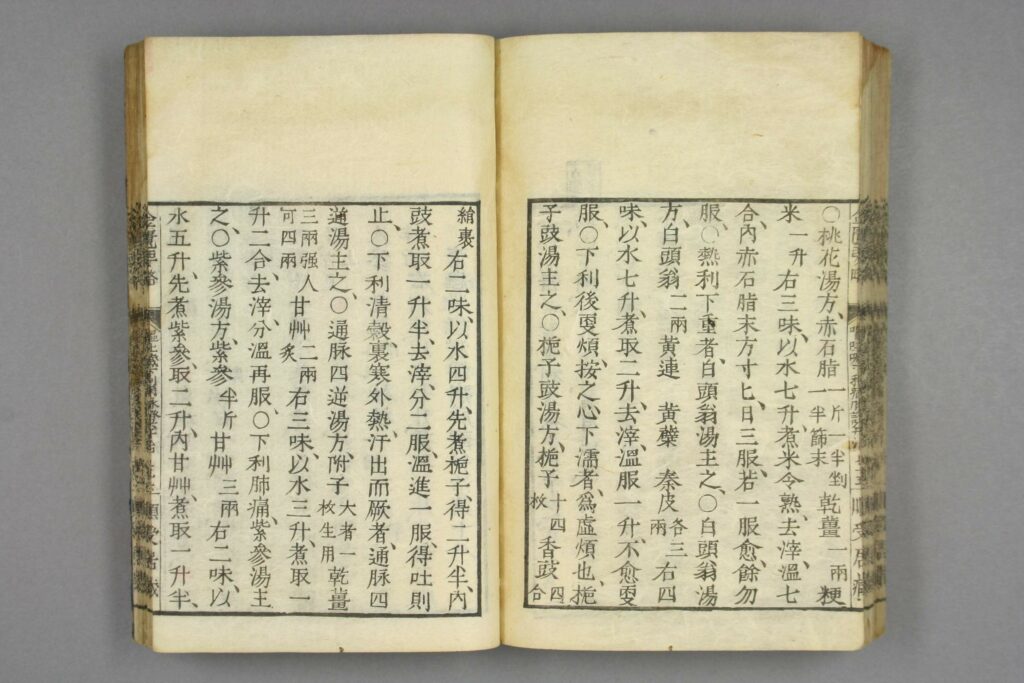

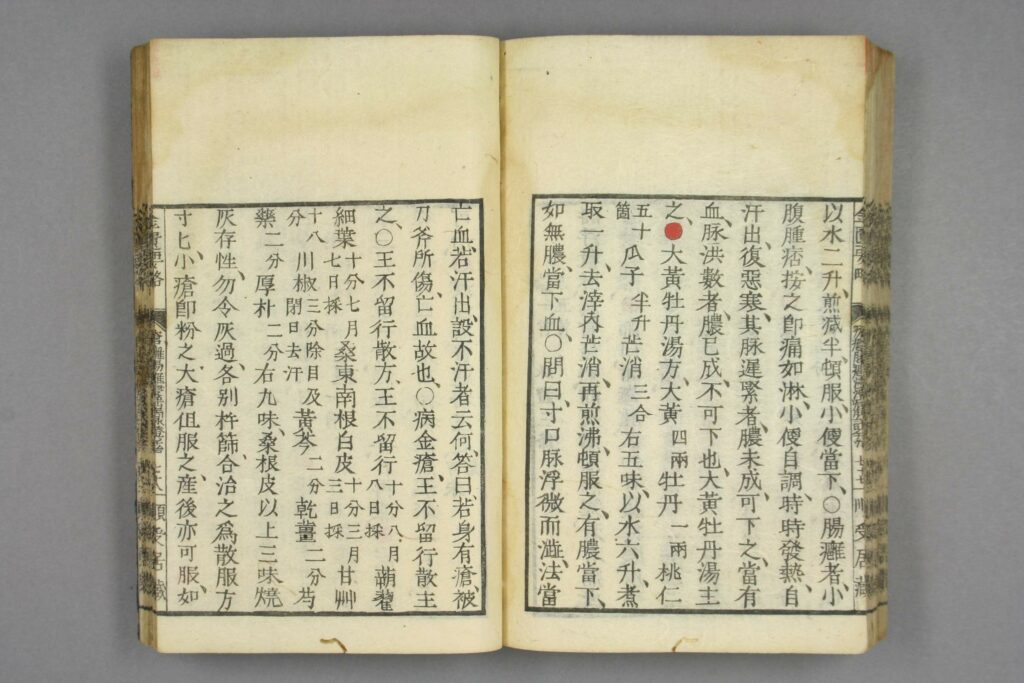



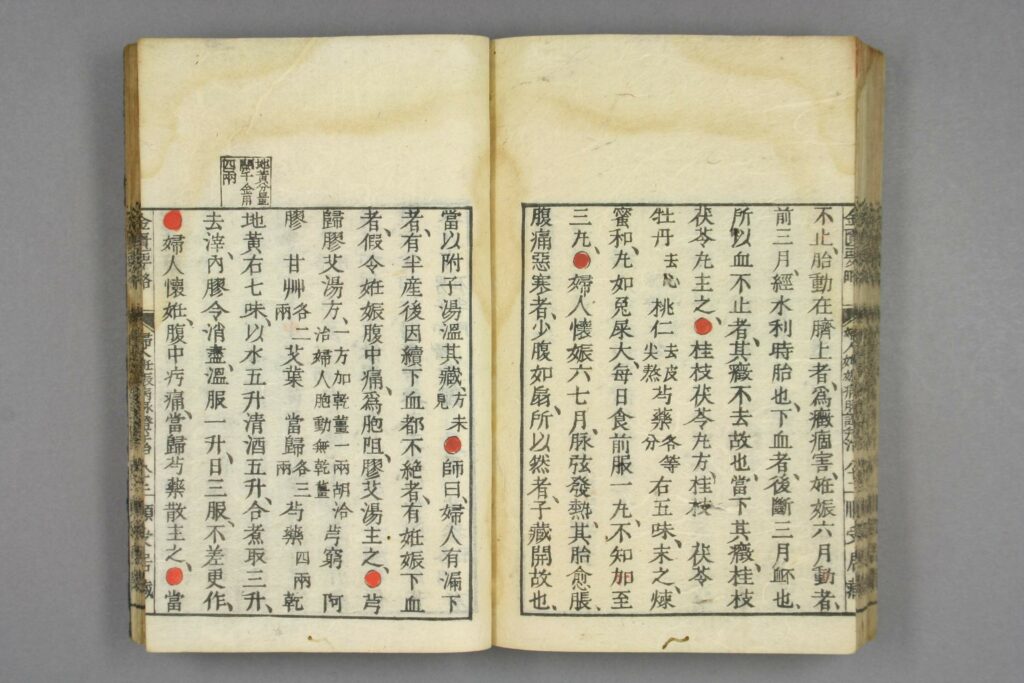

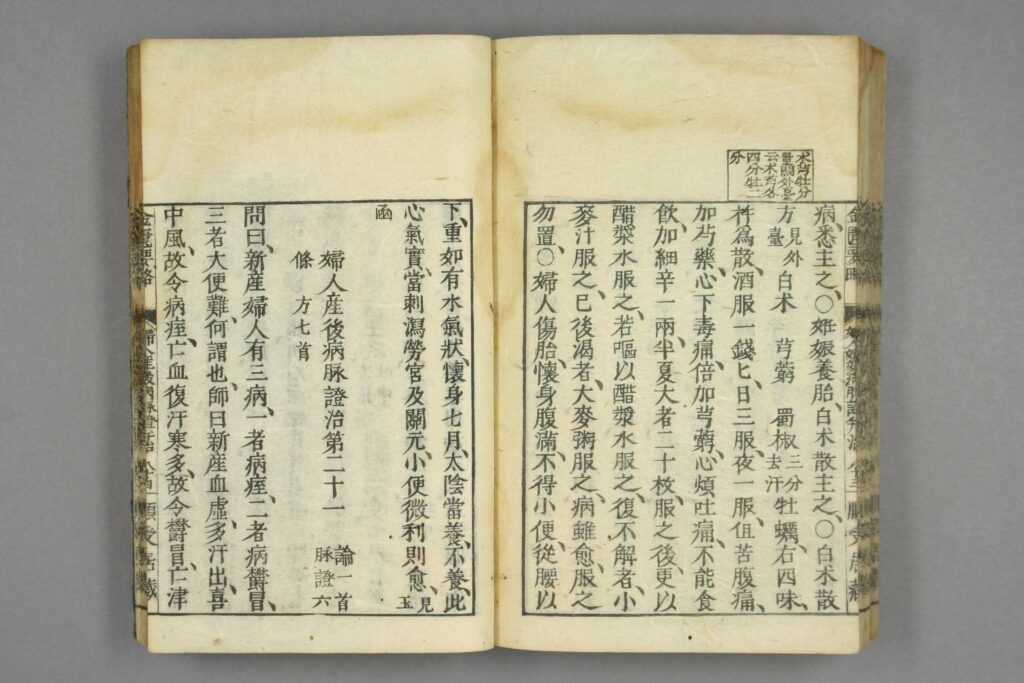

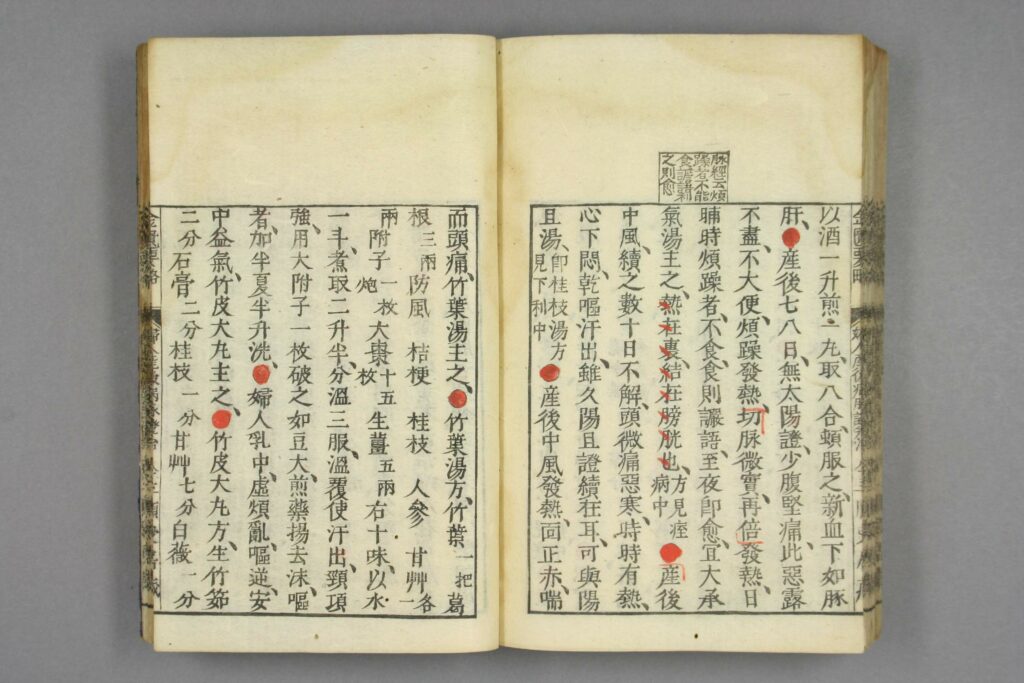
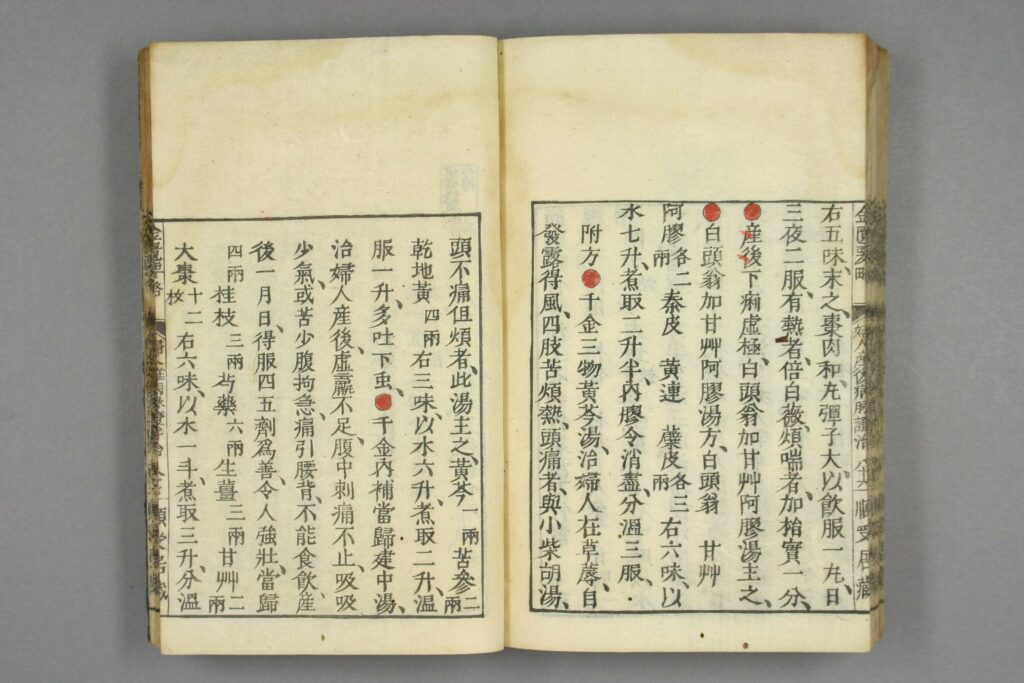

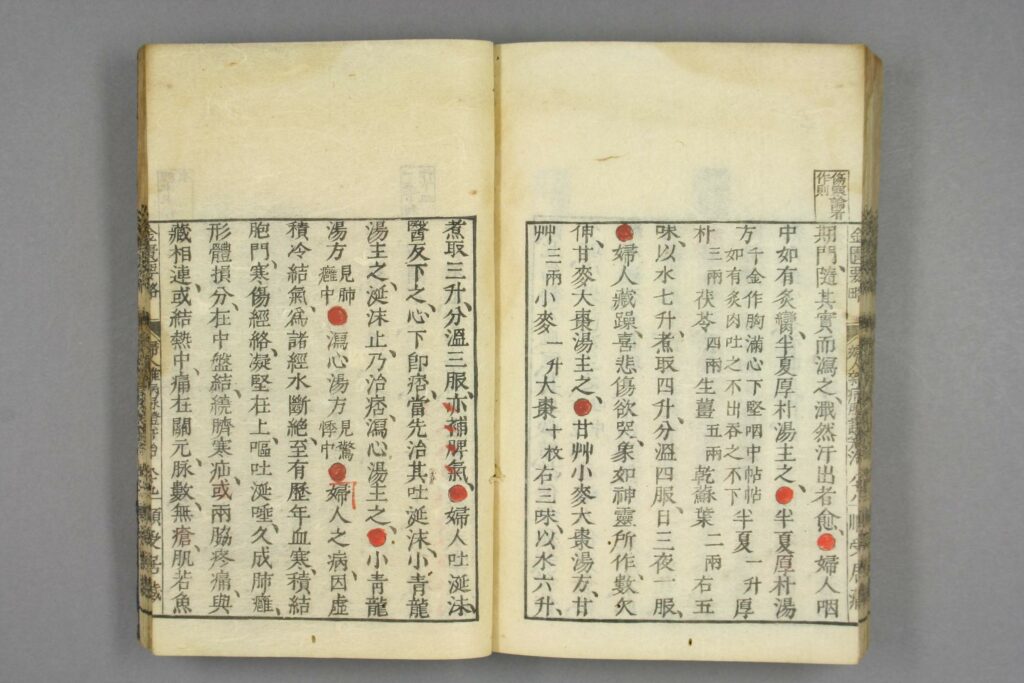
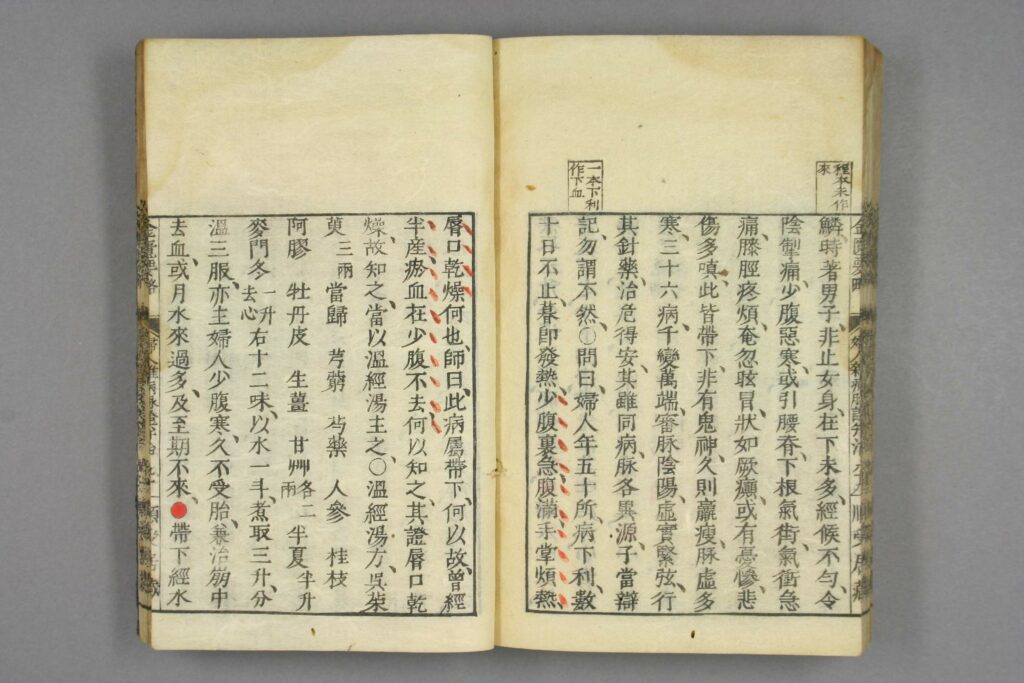

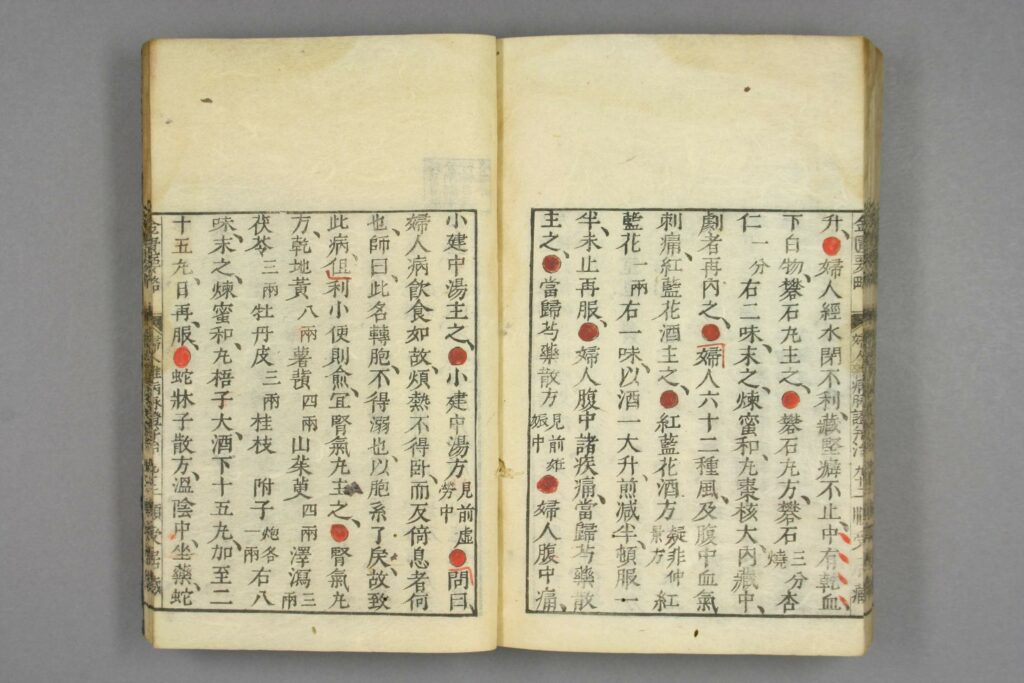
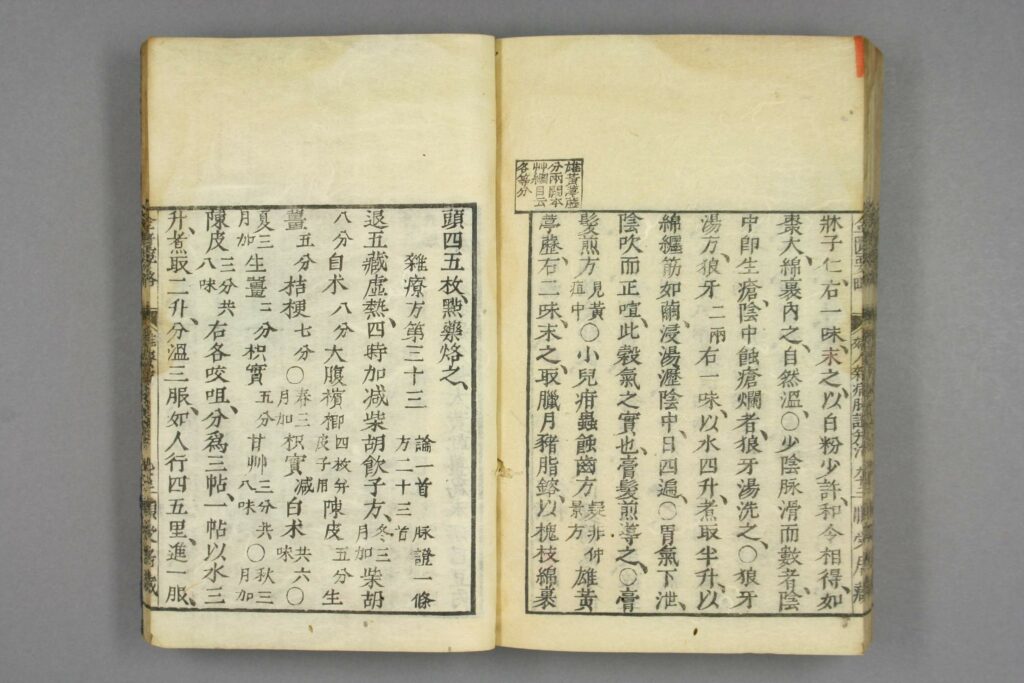
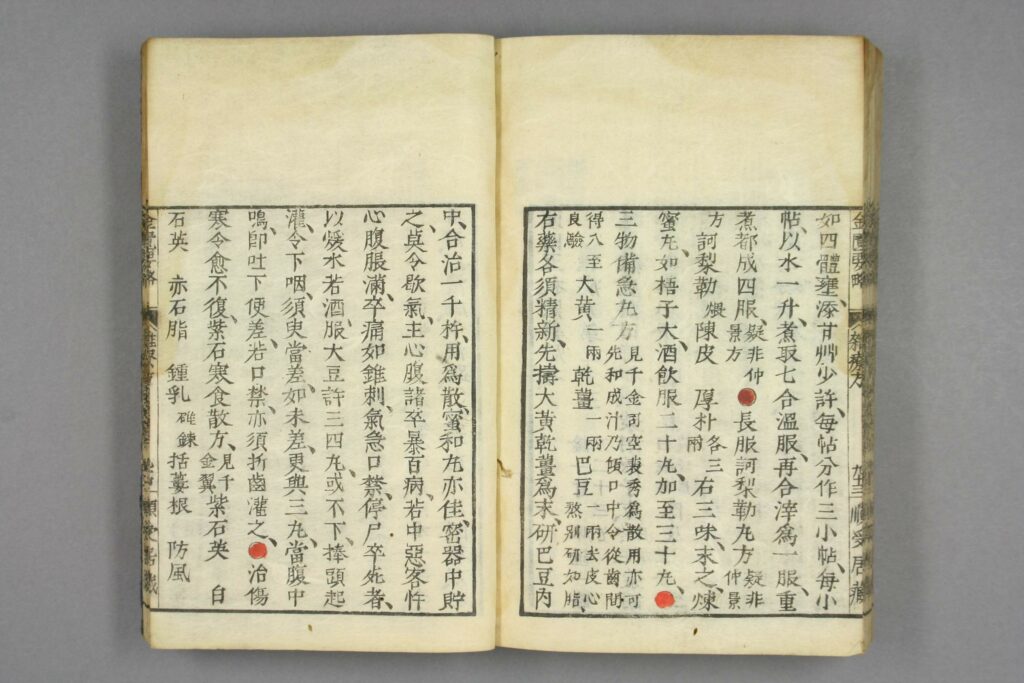
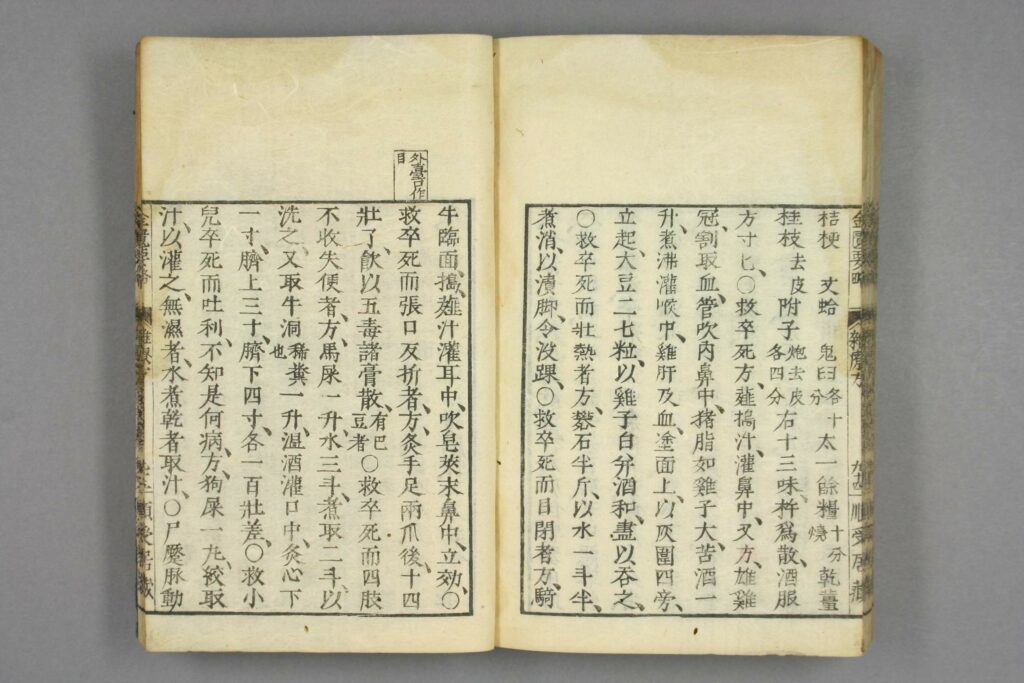







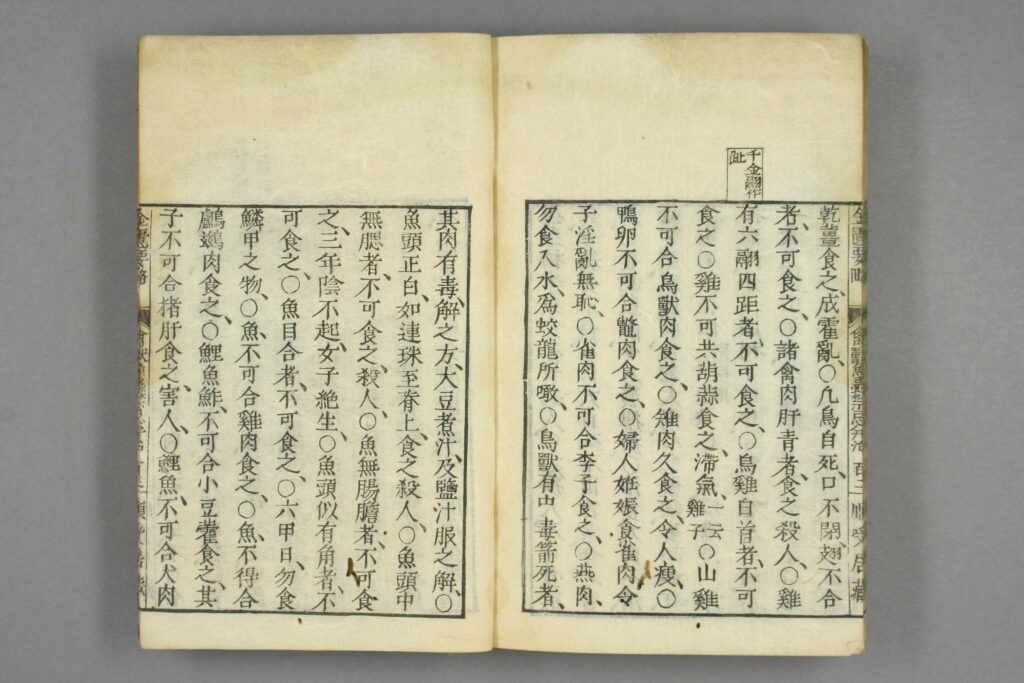

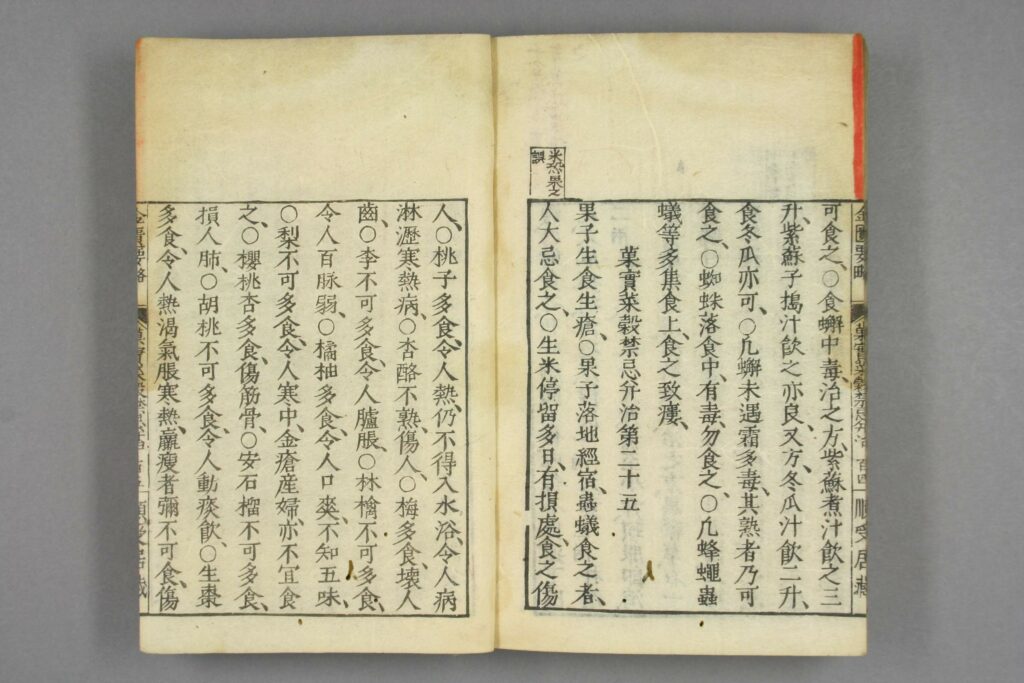
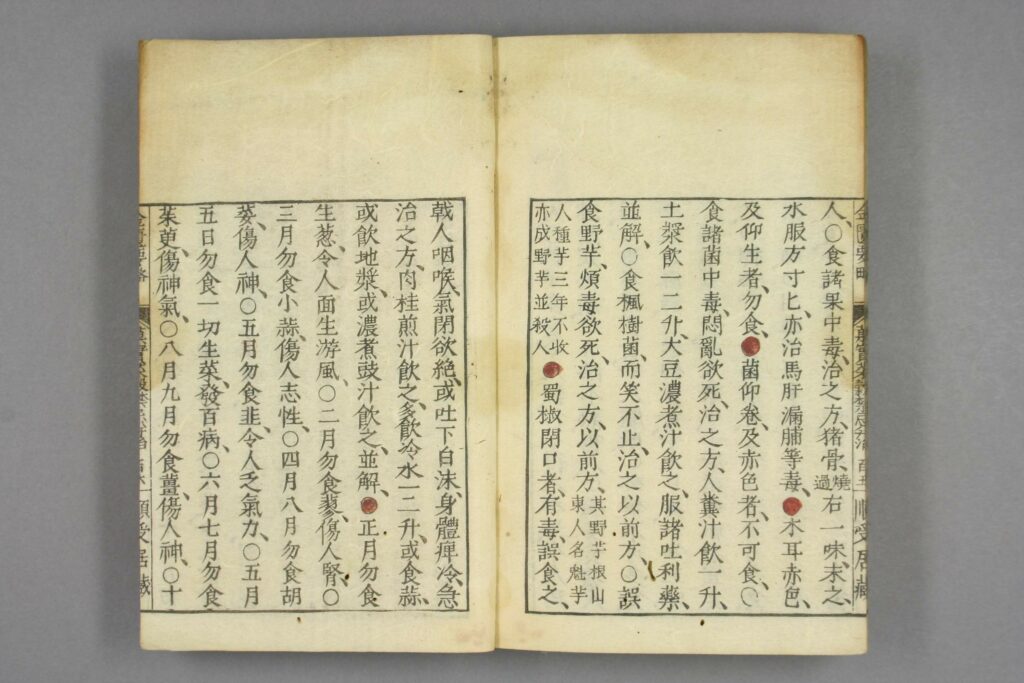
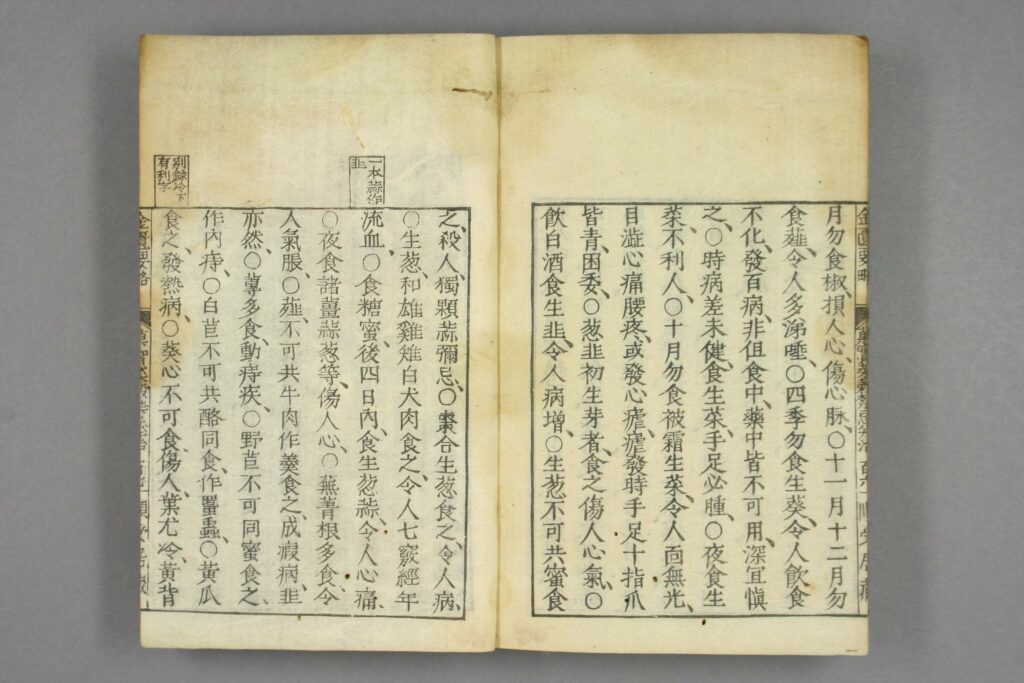
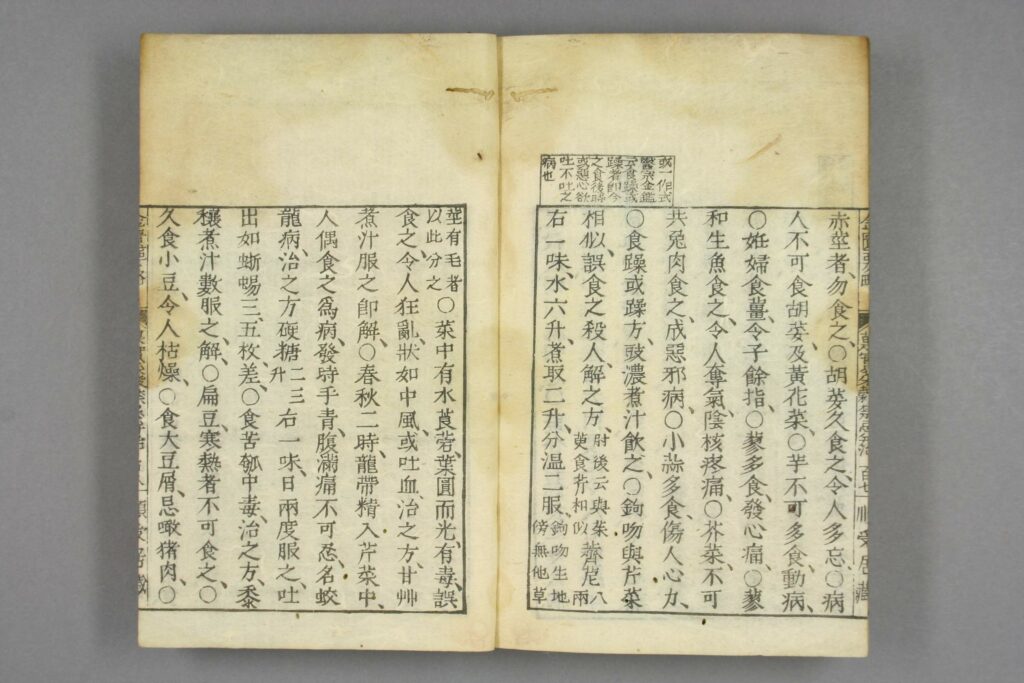
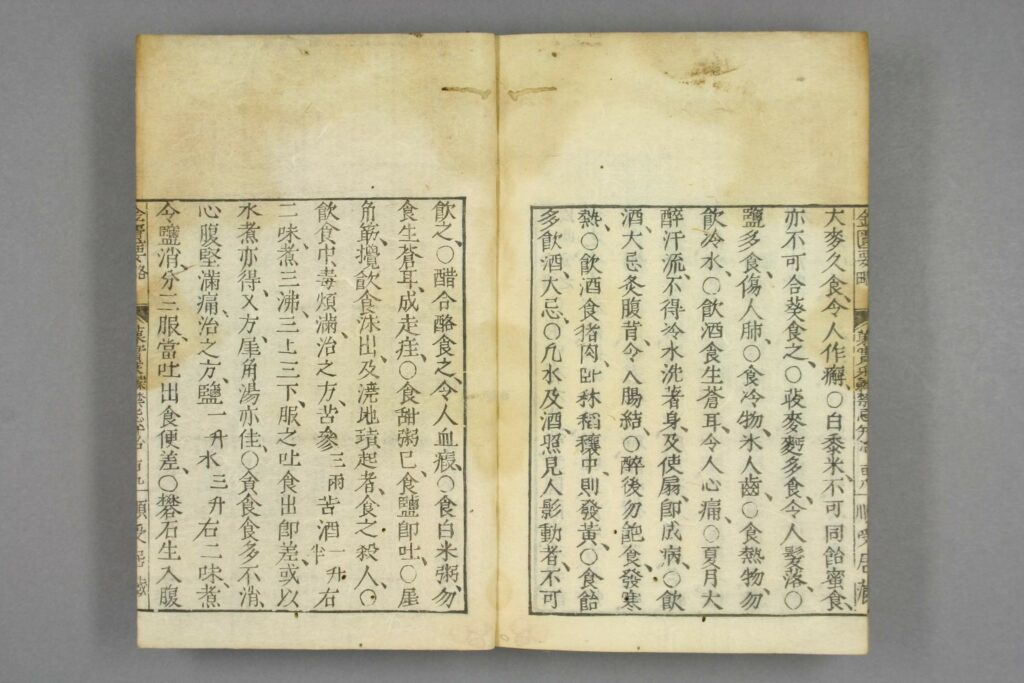
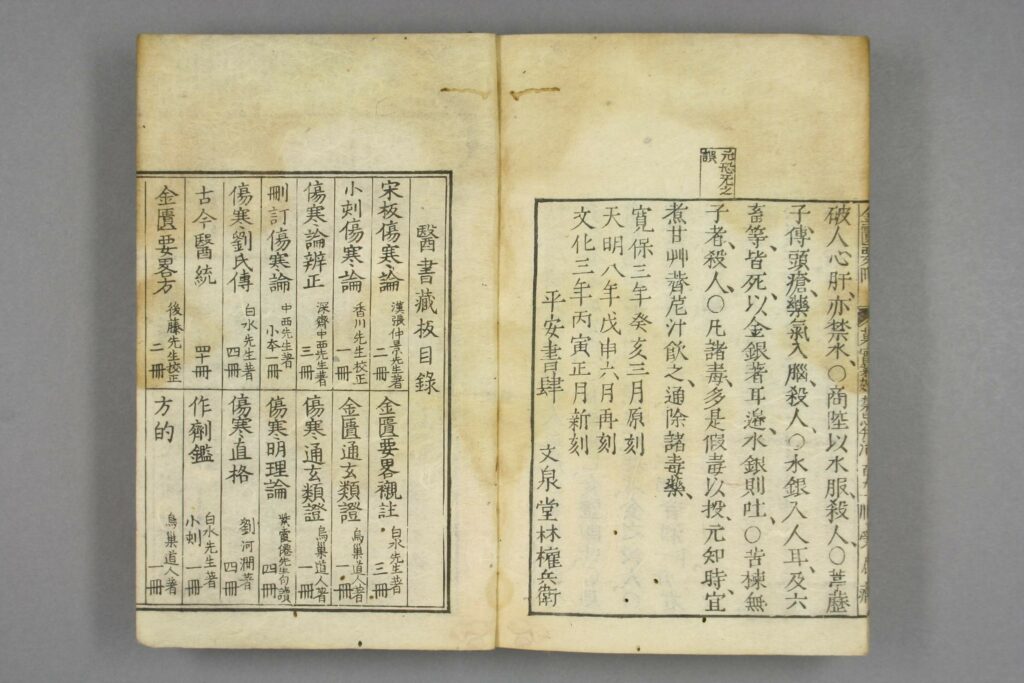
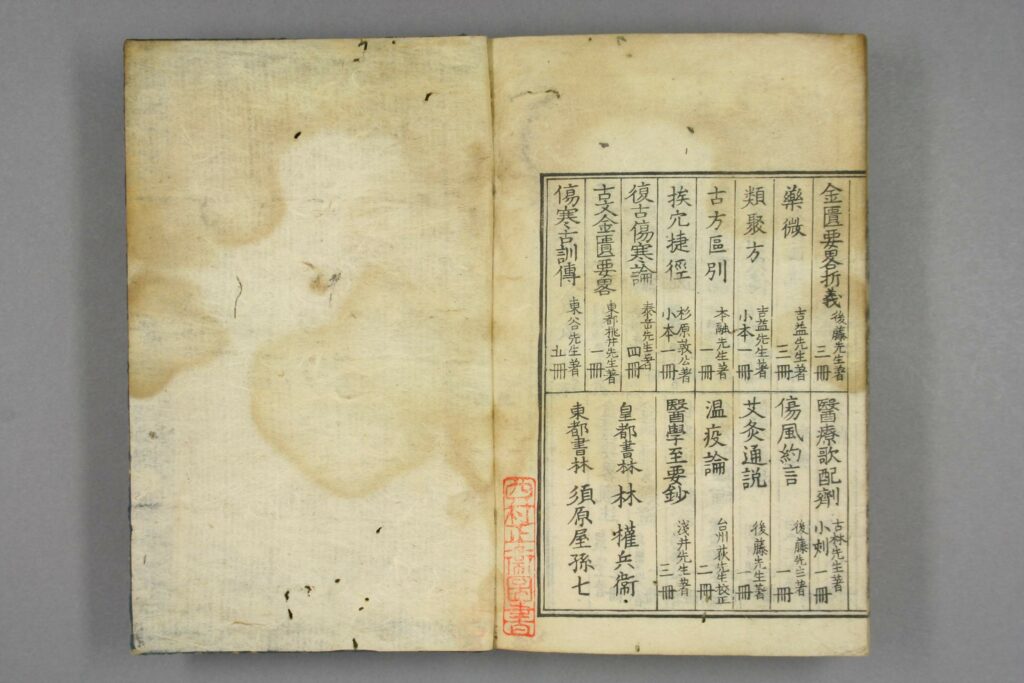

Medicine医药 Record记录 126P 金匮要略.卷上中下.张仲景著述.王叔和整理
历史上的今天 ( 35 ):
- 2022年-09月-06日:Plant植物:常见花果植物 (58P)
- 2022年-09月-06日:Knowledge知识:哲学的至简解释 (9P)
- 2022年-09月-06日:Knowledge知识:常犯的逻辑错误 (9P)
- 2022年-09月-06日:Life生活:超级酷图 (50P)
- 2022年-09月-06日:Plant植物:盆栽花草:365种观赏植物的彩色图鉴 (225P)
- 2022年-09月-06日:Animal动物:鲸与海豚:全世界79种鲸与海豚的彩色图鉴 (257P)
- 2022年-09月-06日:Military军武:手枪与冲锋枪鉴赏指南 (336P)
- 2022年-09月-06日:Video视频:地震了,希望都没事
- 2022年-09月-06日:Video视频:快速脱内衣,学到了么
- 2022年-09月-06日:Video视频:出门就不能多穿点么,伤风败俗
- 2022年-09月-06日:Video视频:中国女人,真会玩
- 2022年-09月-06日:Video视频:女同事影响我看书了
- 2022年-09月-06日:Video视频:活蹦乱跳的鱼,看着怪怪的
- 2022年-09月-06日:Video视频:这便是,蝙蝠装
- 2022年-09月-06日:Video视频:地震之殤,希望安好
- 2022年-09月-06日:Video视频:老婆回家了,辛苦了一天
- 2022年-09月-06日:Video视频:老外的刺激你不懂
- 2022年-09月-06日:Video视频:好身材抖起来,呦呦呦
- 2022年-09月-06日:Video视频:肯定是惊涛骇浪,波涛汹涌
- 2022年-09月-06日:Video视频:每个繁华的都市都有温馨的小巷
- 2022年-09月-06日:Video视频:老板娘生意特别好
- 2022年-09月-06日:Video视频:小阿三娱乐项目,不要命
- 2022年-09月-06日:Video视频:什么样的女子,一脸无辜
- 2022年-09月-06日:Video视频:性感的女子最可爱
- 2022年-09月-06日:Video视频:大海与豪放女子,更配哦
- 2022年-09月-06日:Video视频:庭院深深,美女妖娆
- 2022年-09月-06日:Video视频:燎原理疗,就是棒
- 2022年-09月-06日:Video视频:逛街发现个大美女
- 2022年-09月-06日:Video视频:村花比舞大赛
- 2022年-09月-06日:Video视频:夏日的夜场,很清凉
- 2022年-09月-06日:Radio收音机:大理旅游文化广播
- 2022年-09月-06日:Radio收音机:镇雄新闻综合广播
- 2022年-09月-06日:Radio收音机:玉溪交通旅游广播FM87.7
- 2022年-09月-06日:News新闻:9月6日,星期二,在这里每天60秒读懂世界! (1P)
- 2022年-09月-06日:Radio收音机:巧家人民广播电台——白鹤之声
可点 ➠ 2023年-09月-06日 ➠ 43 s ➠ ♥ 0

